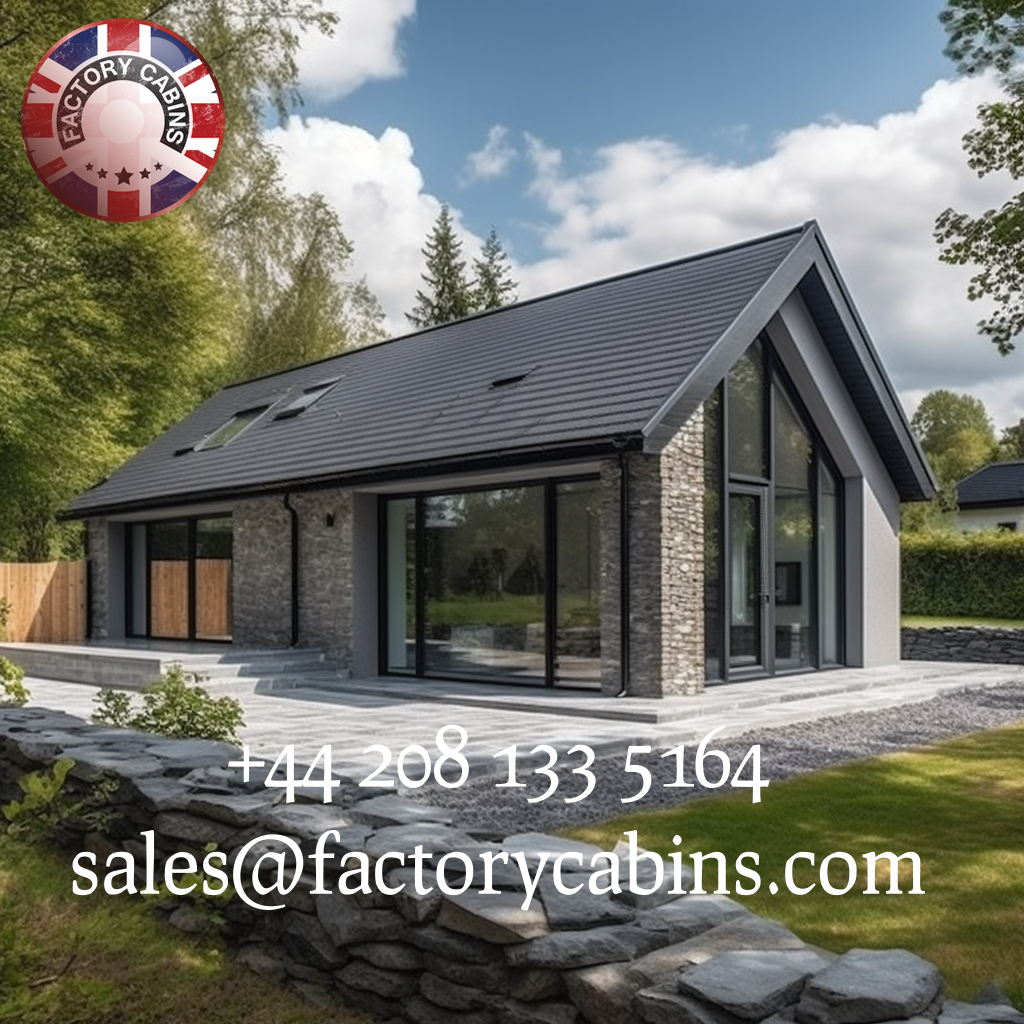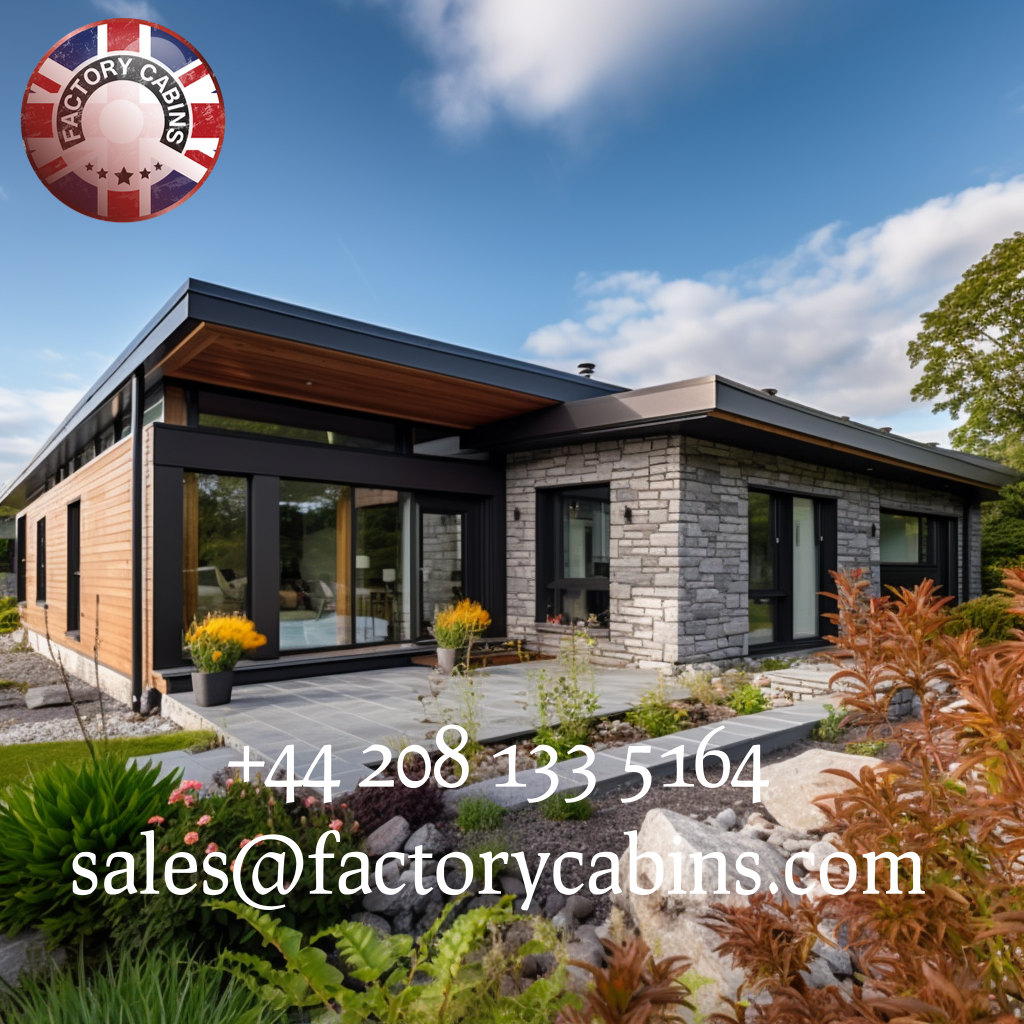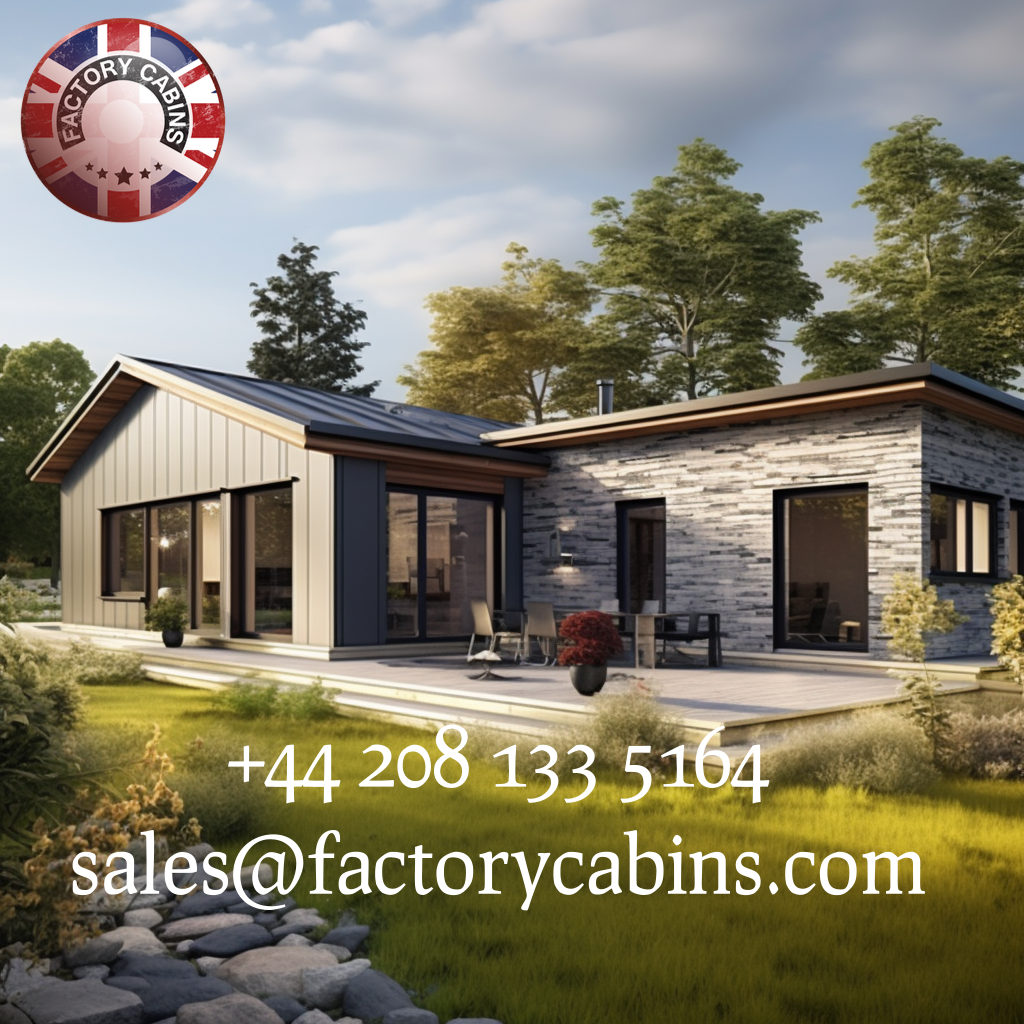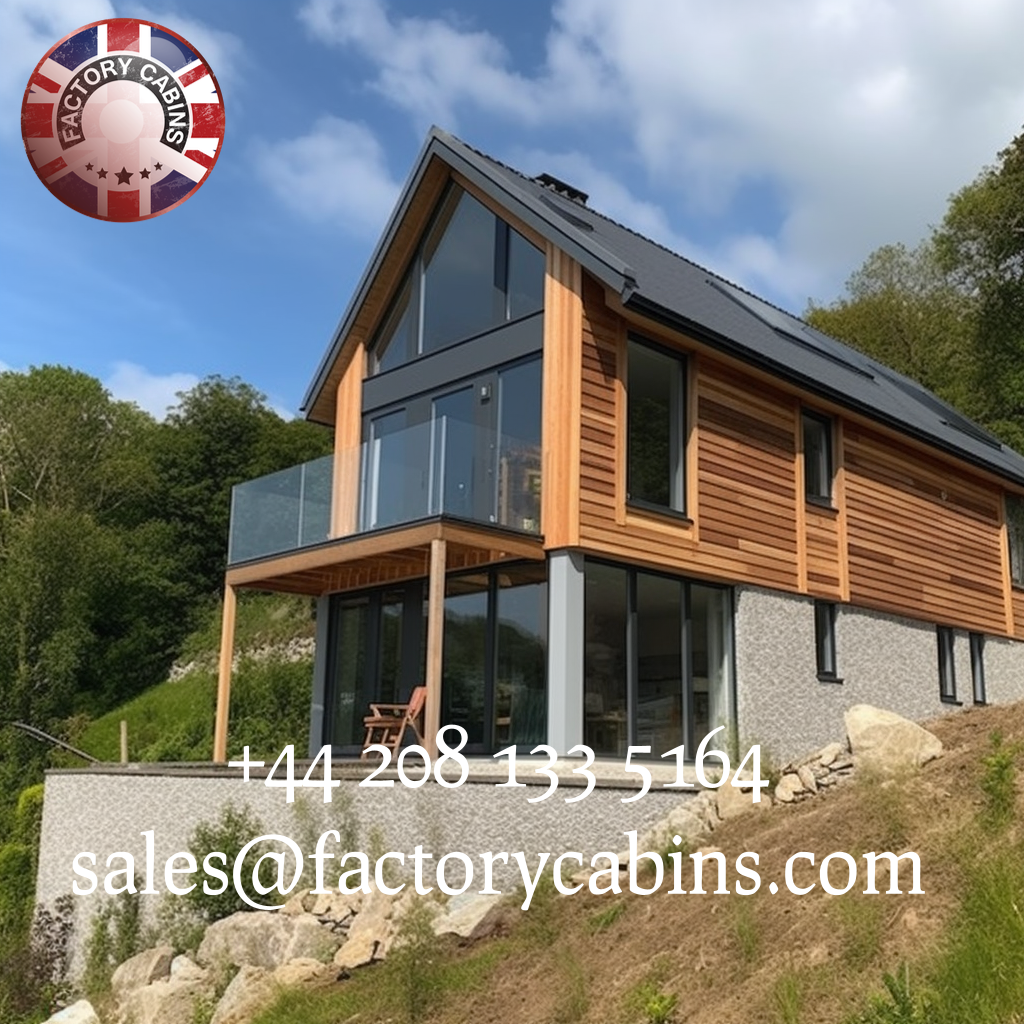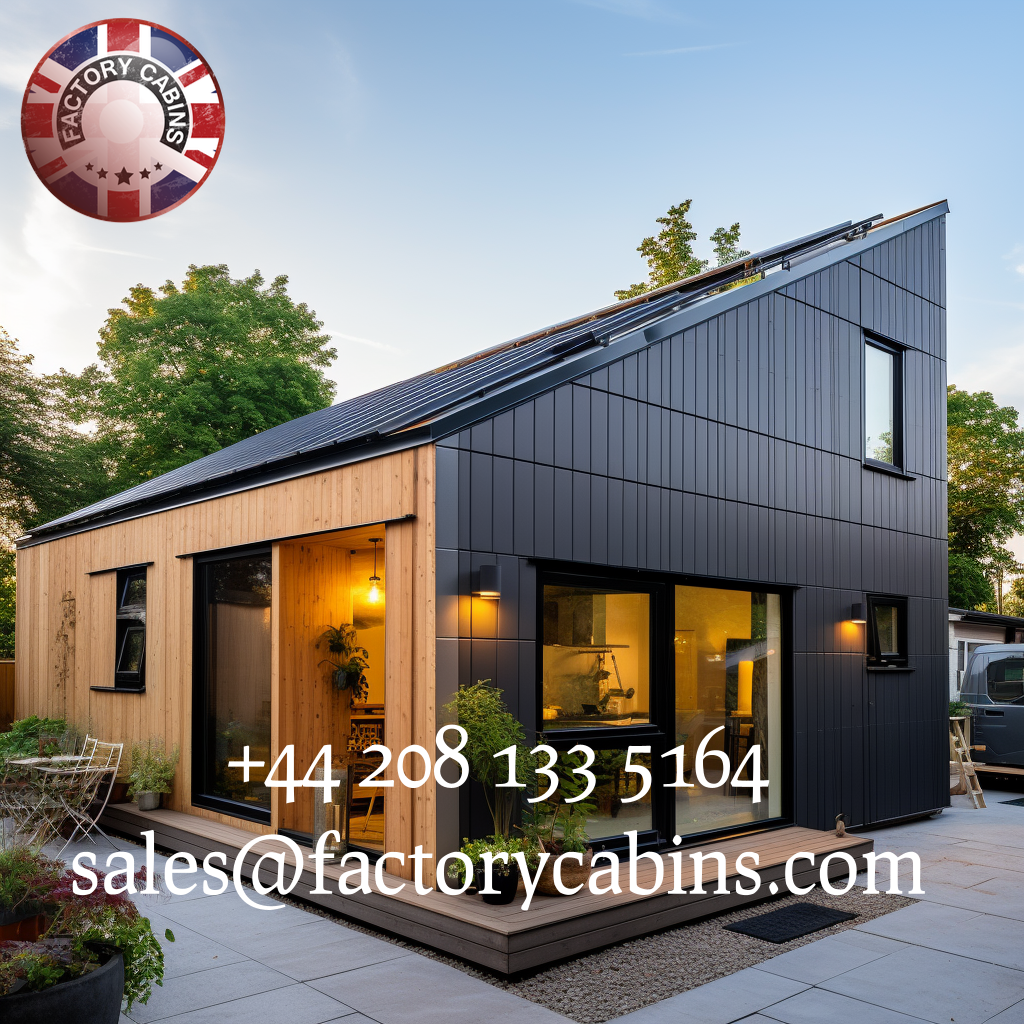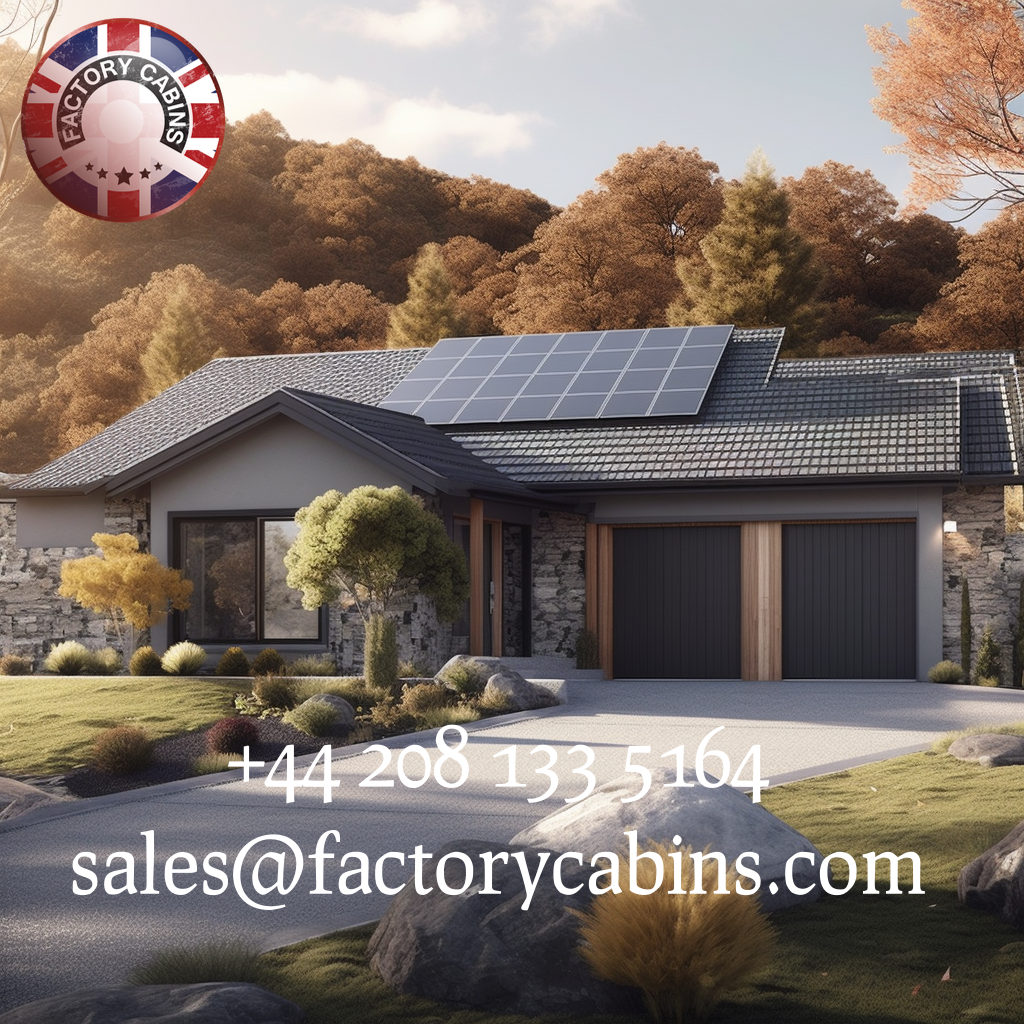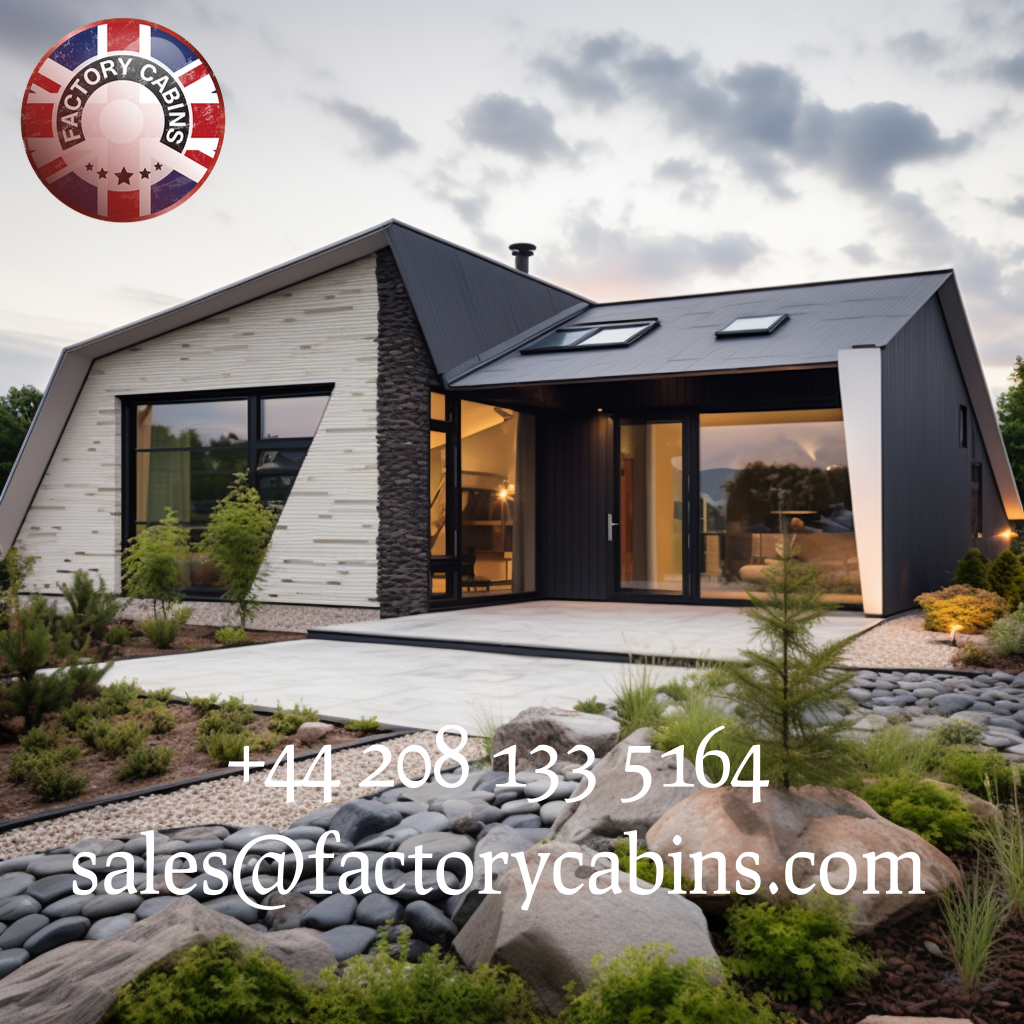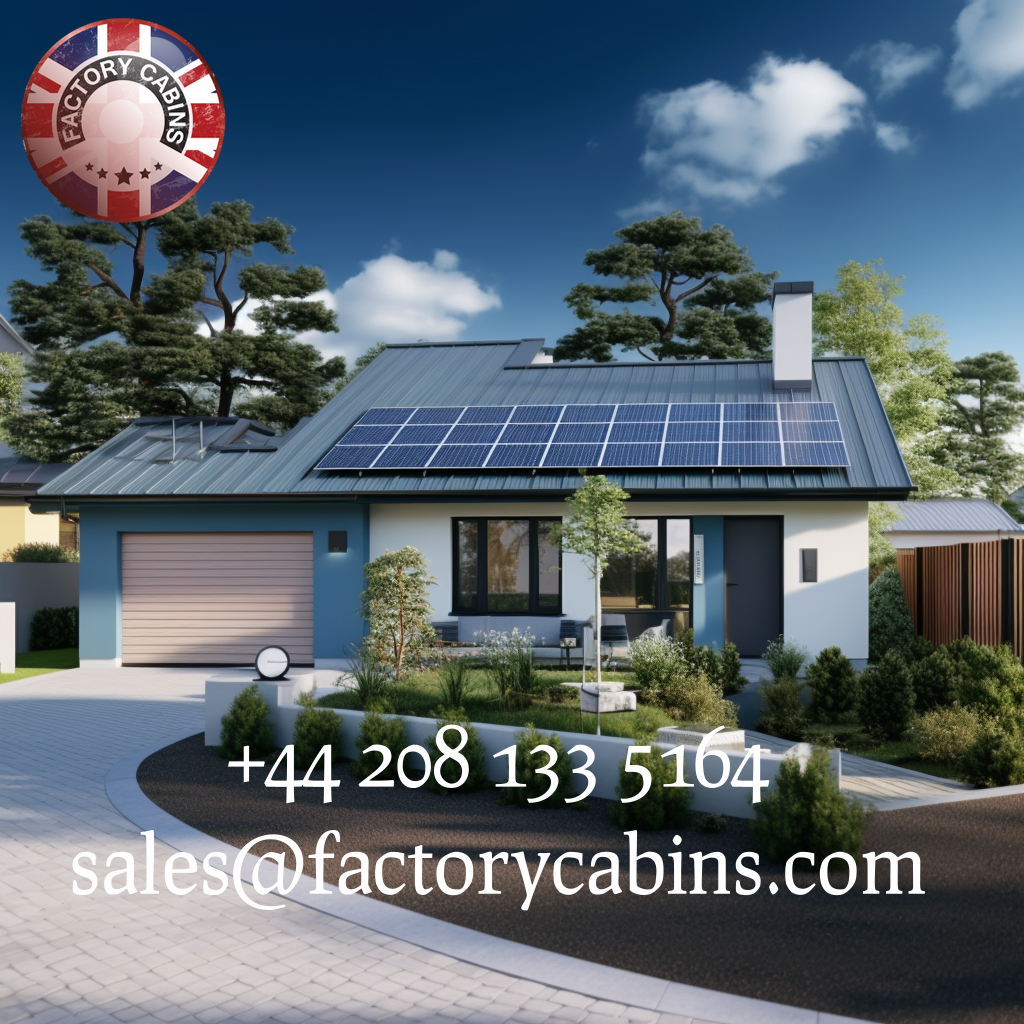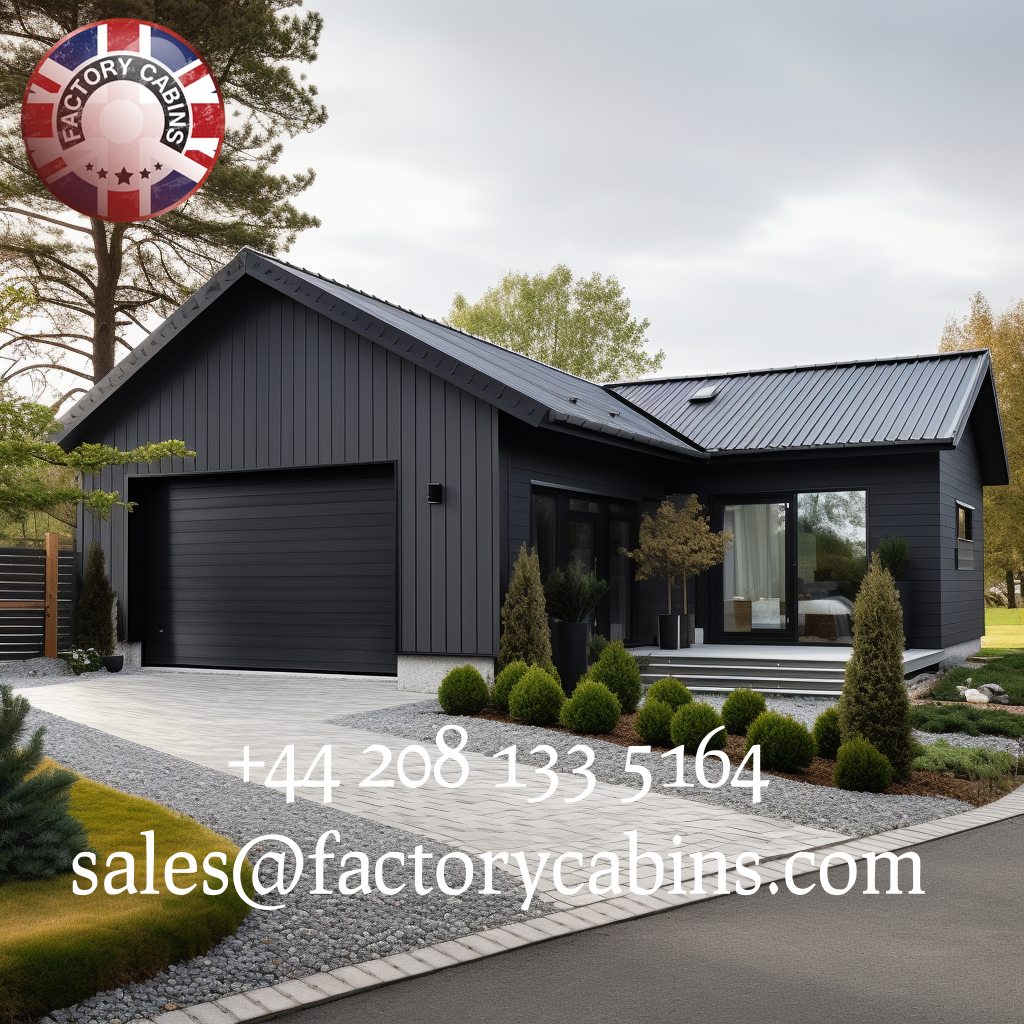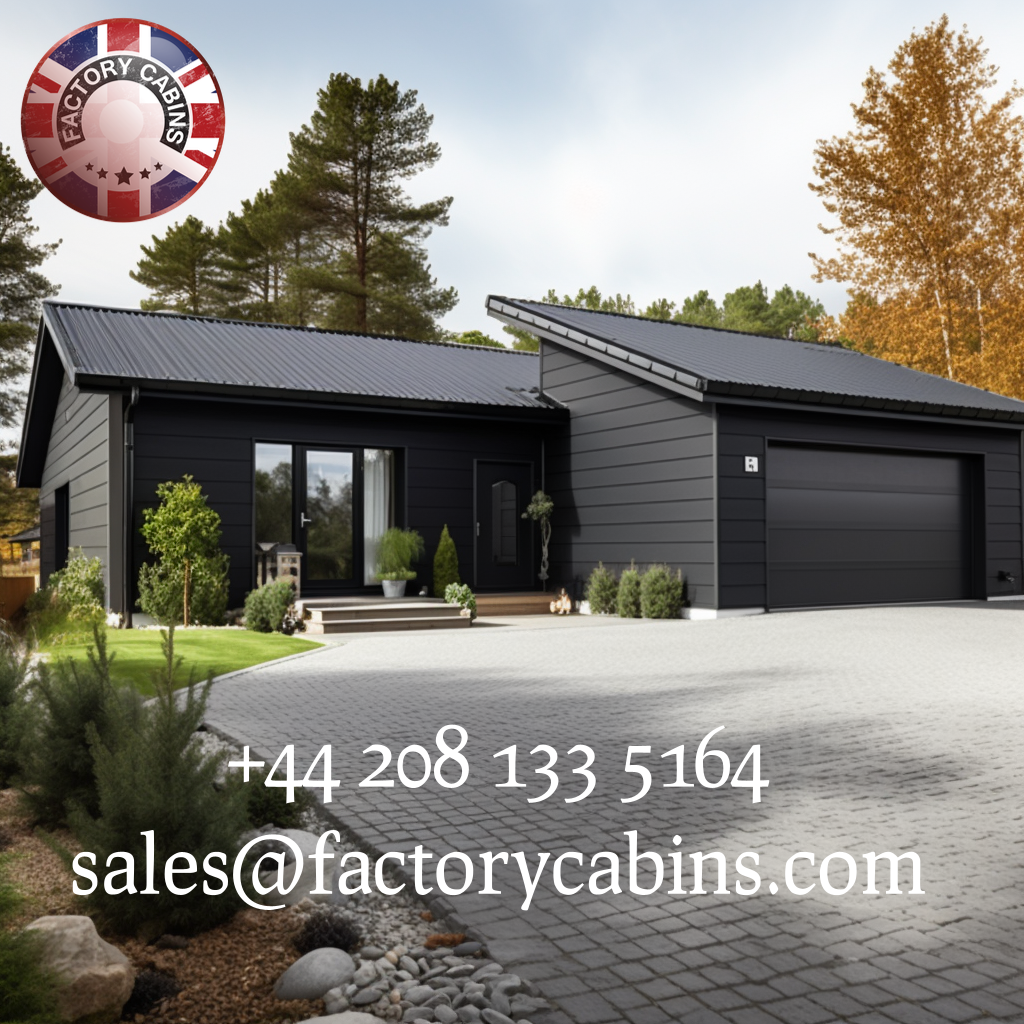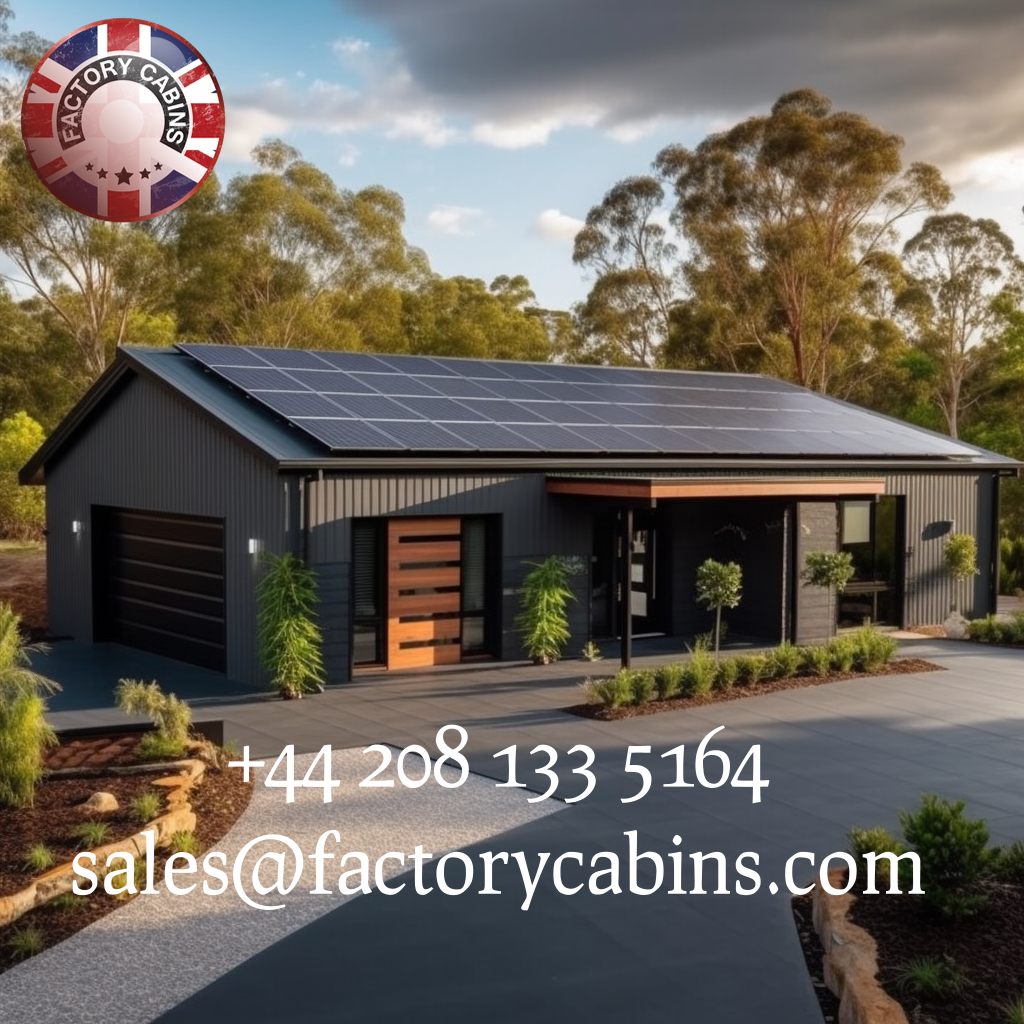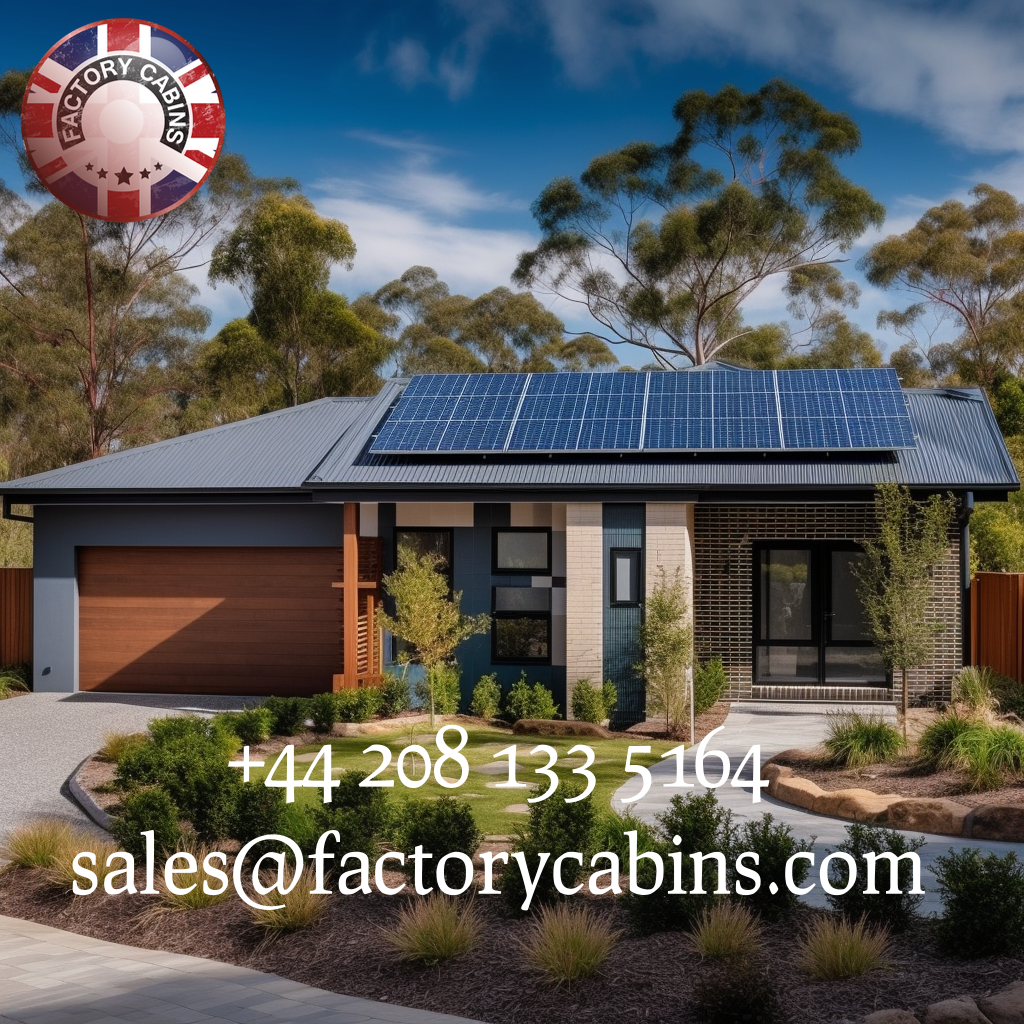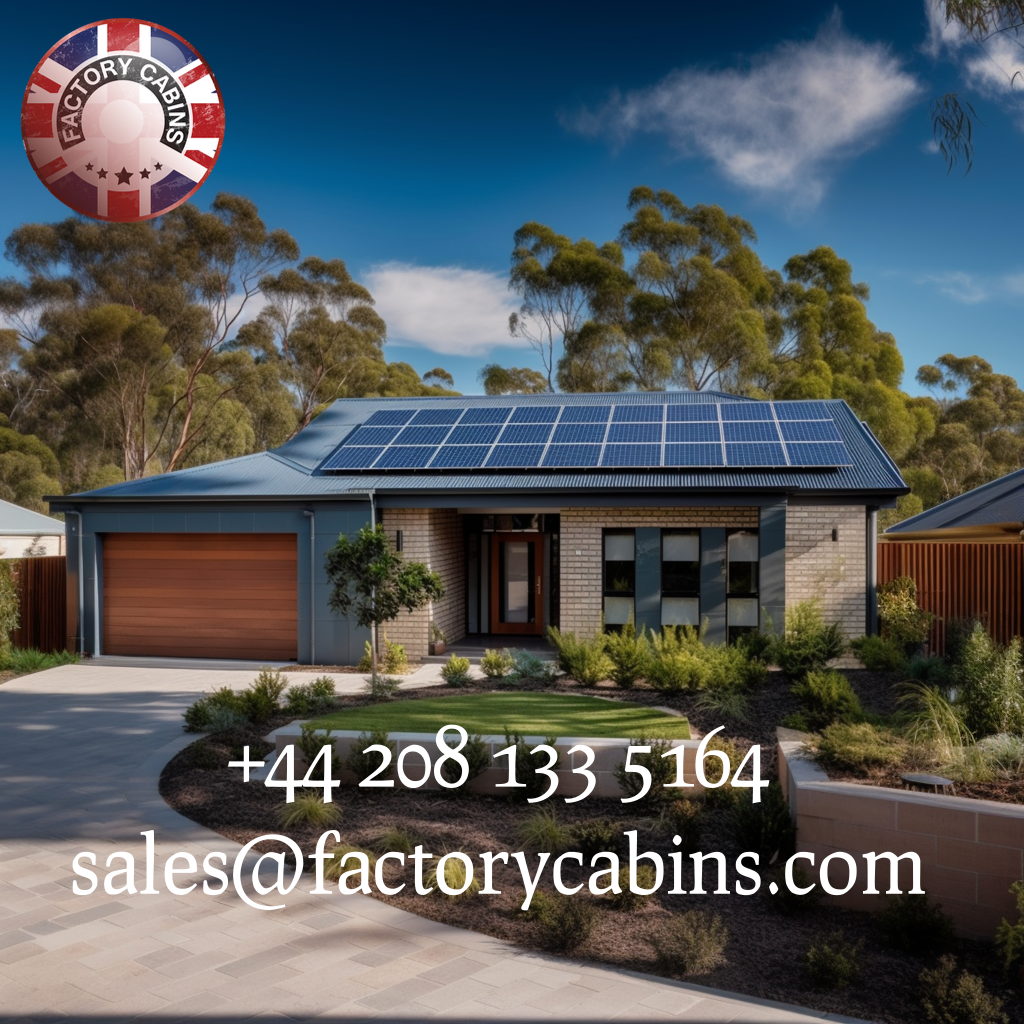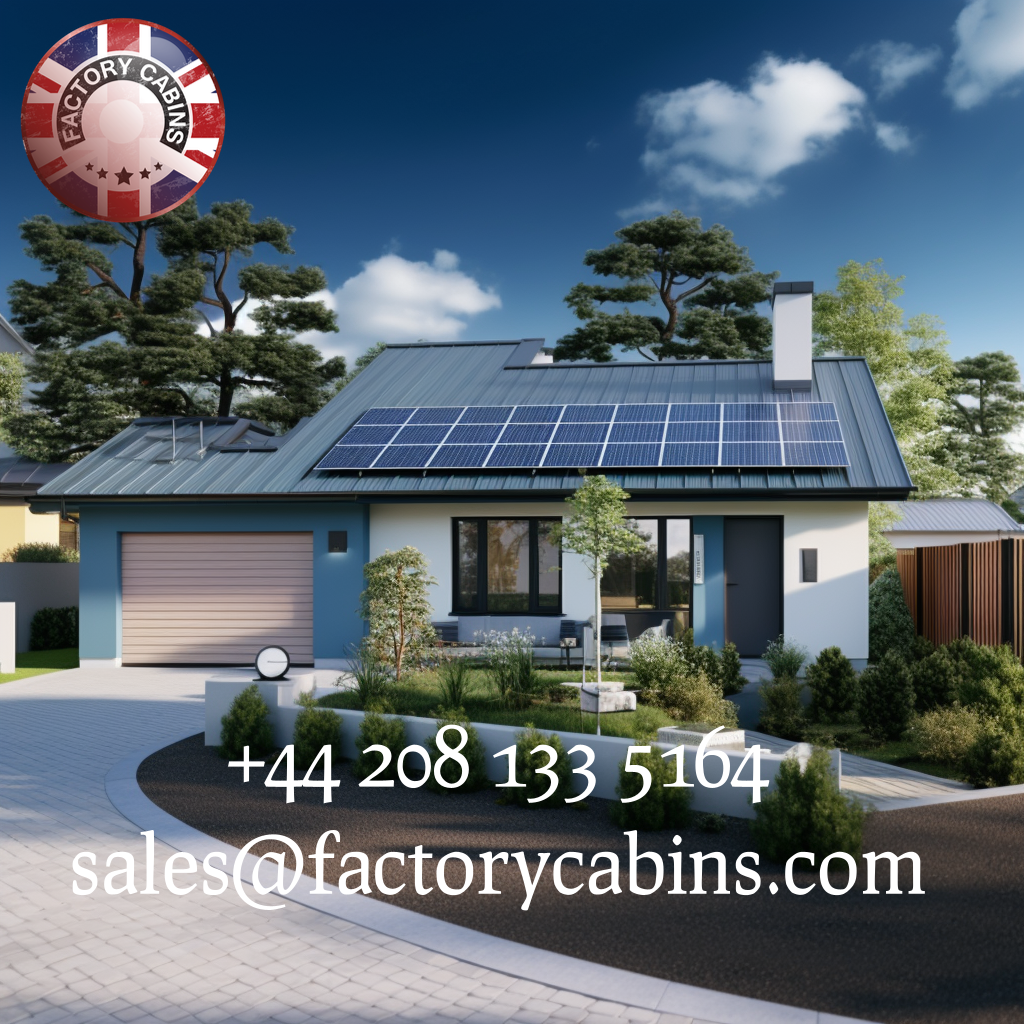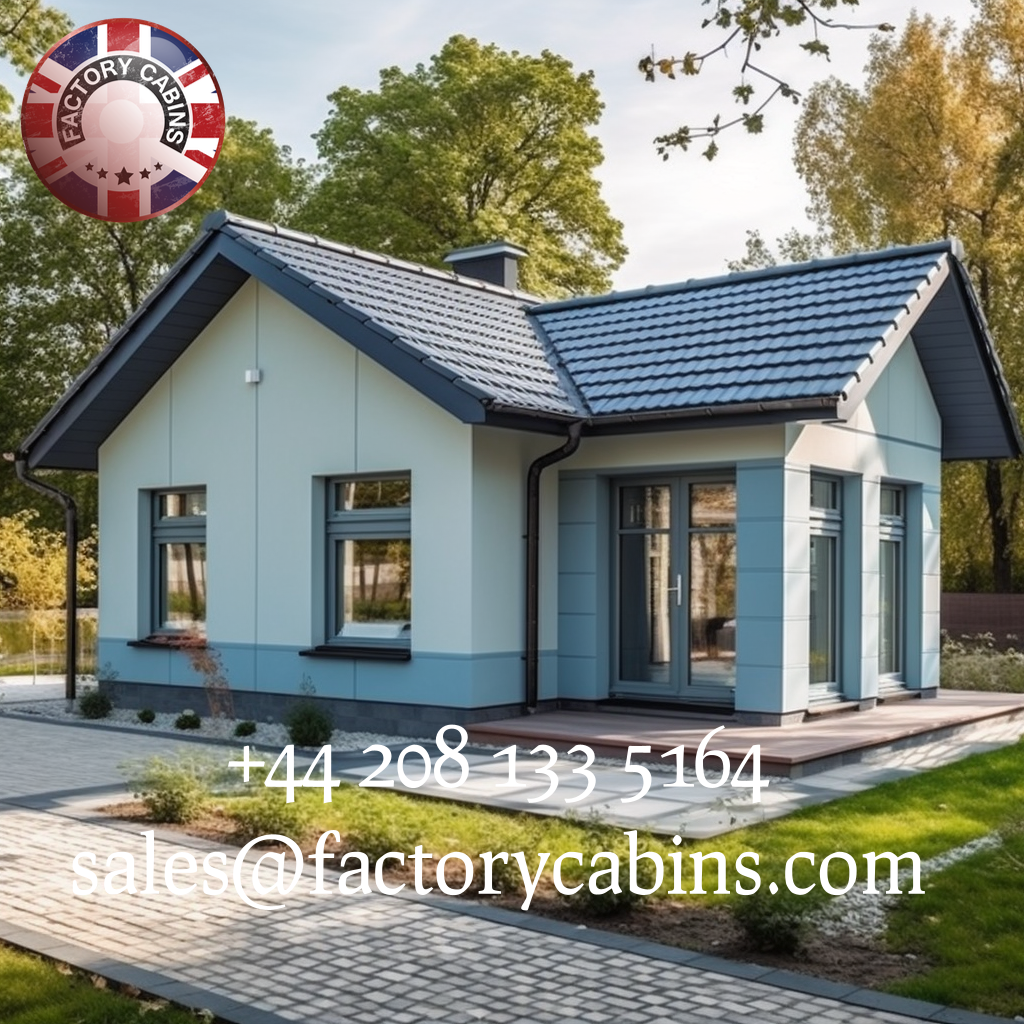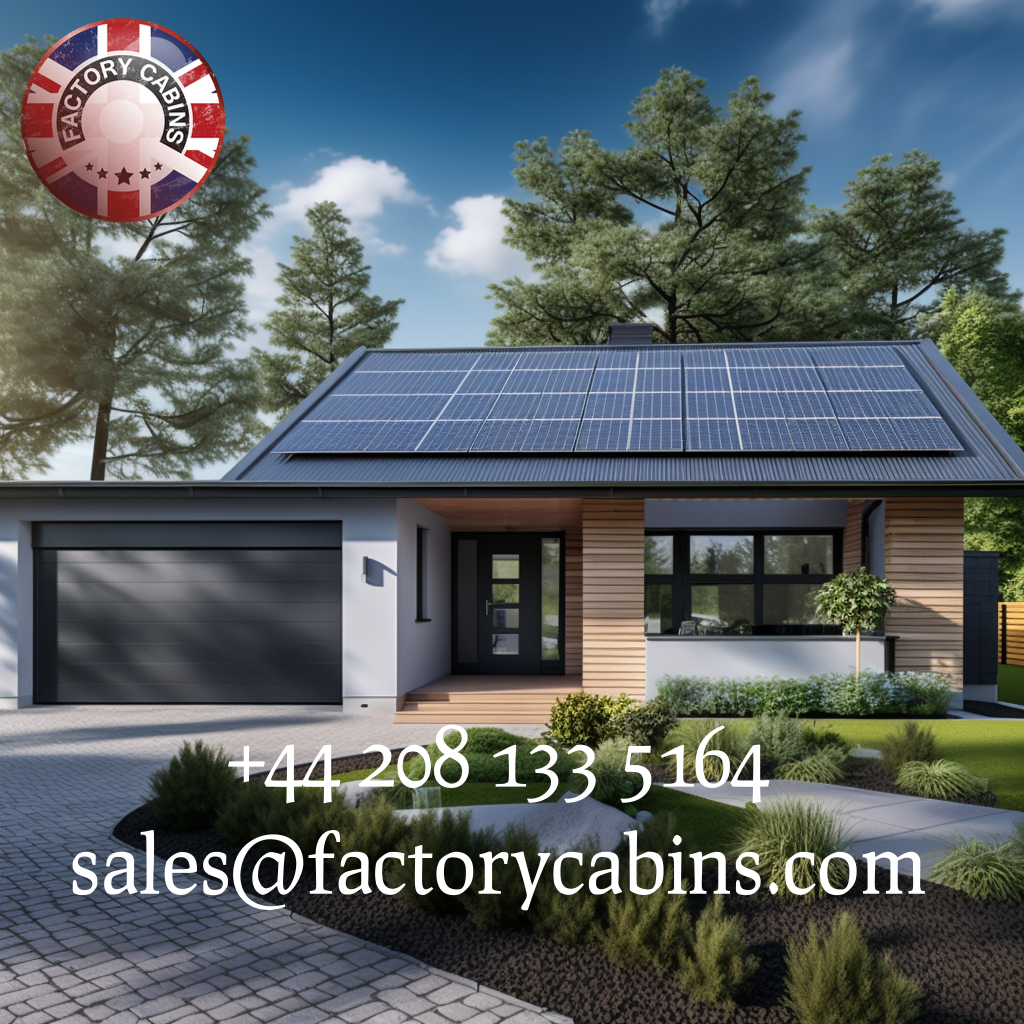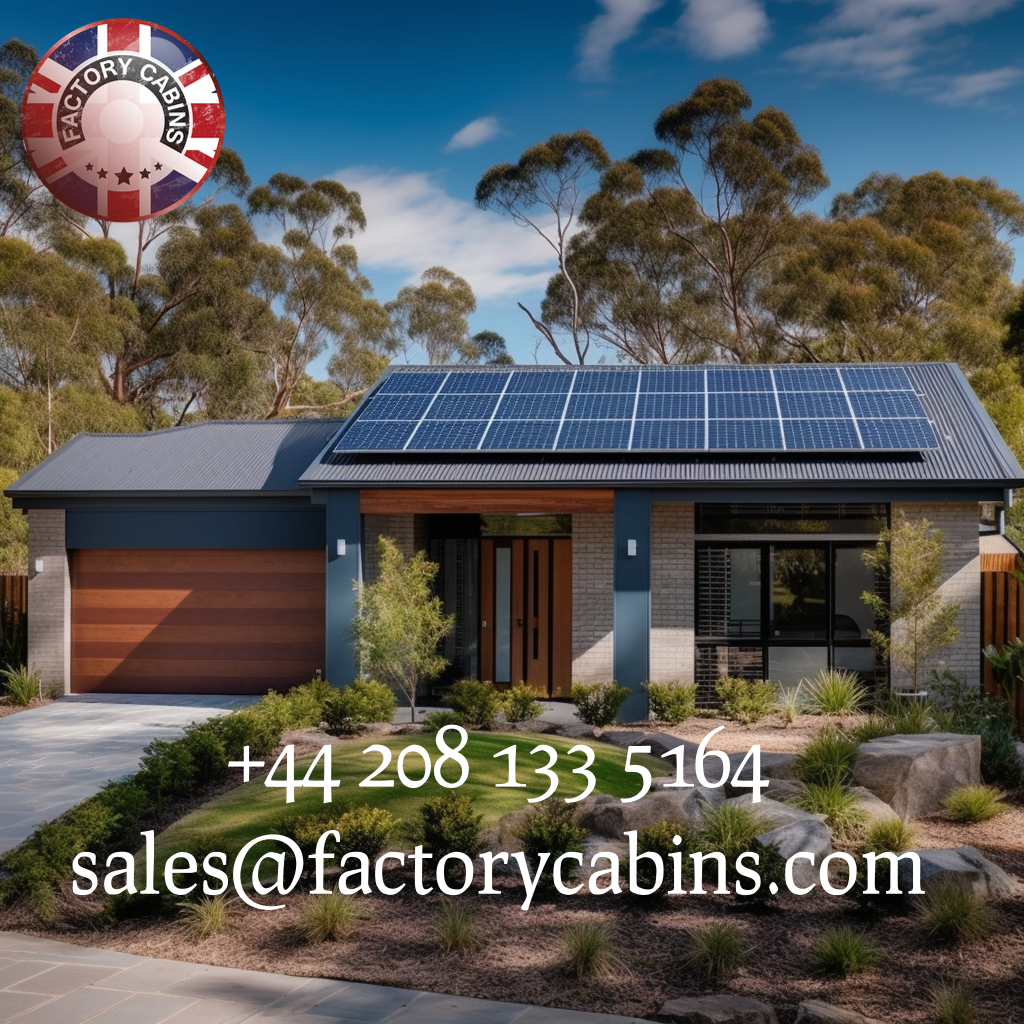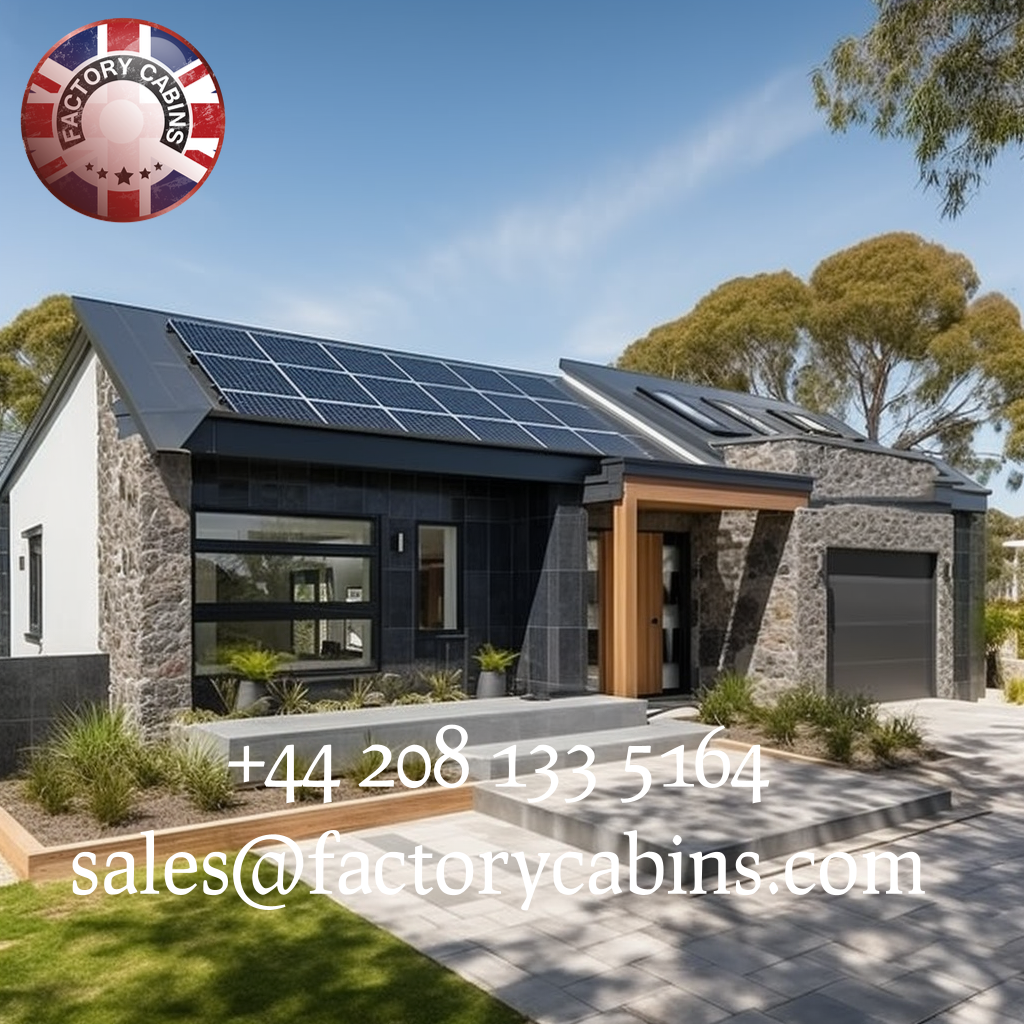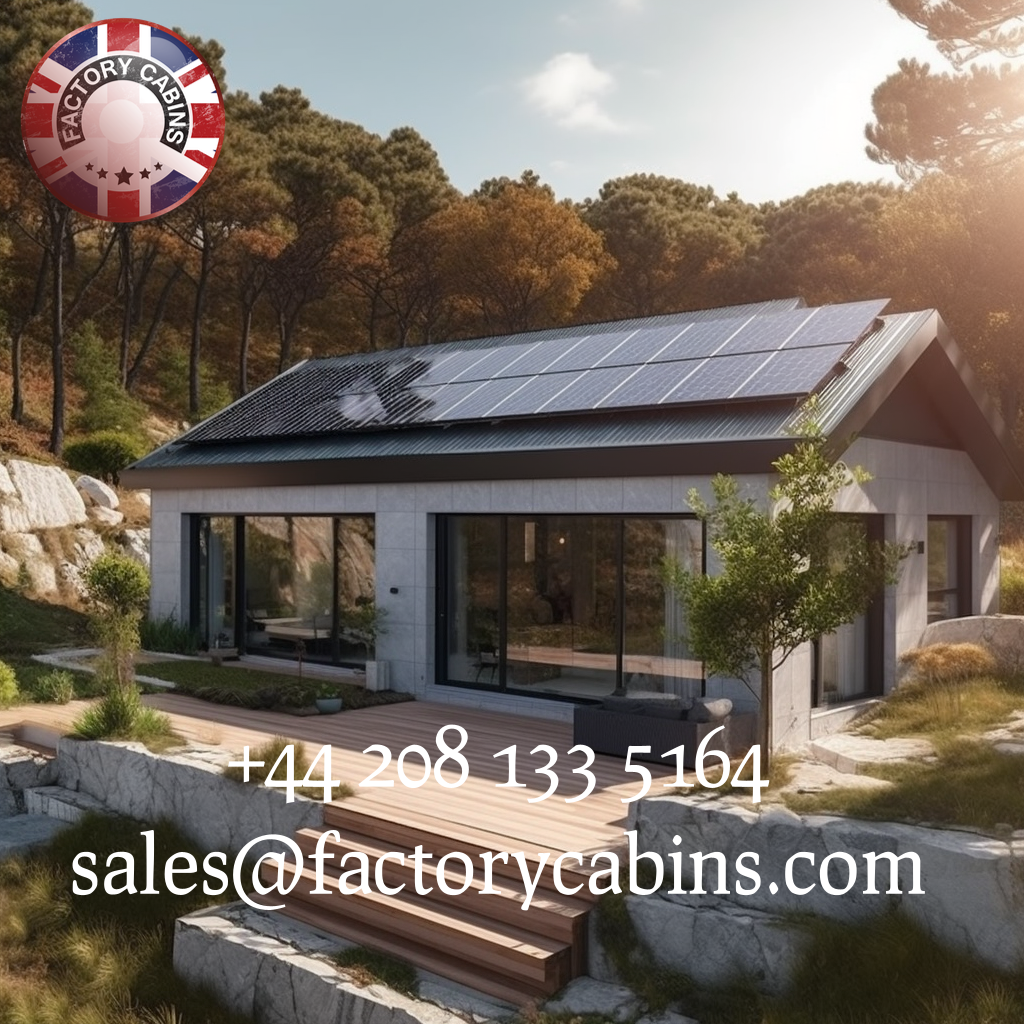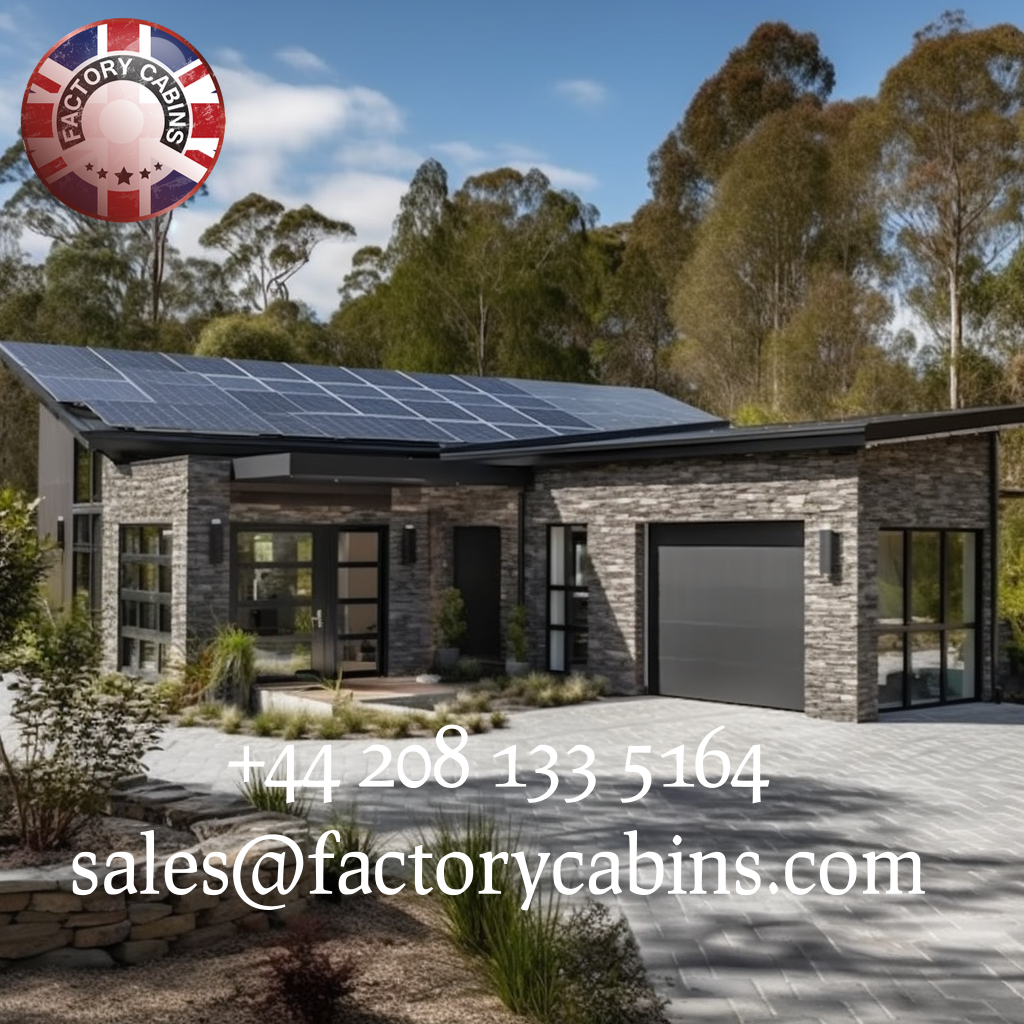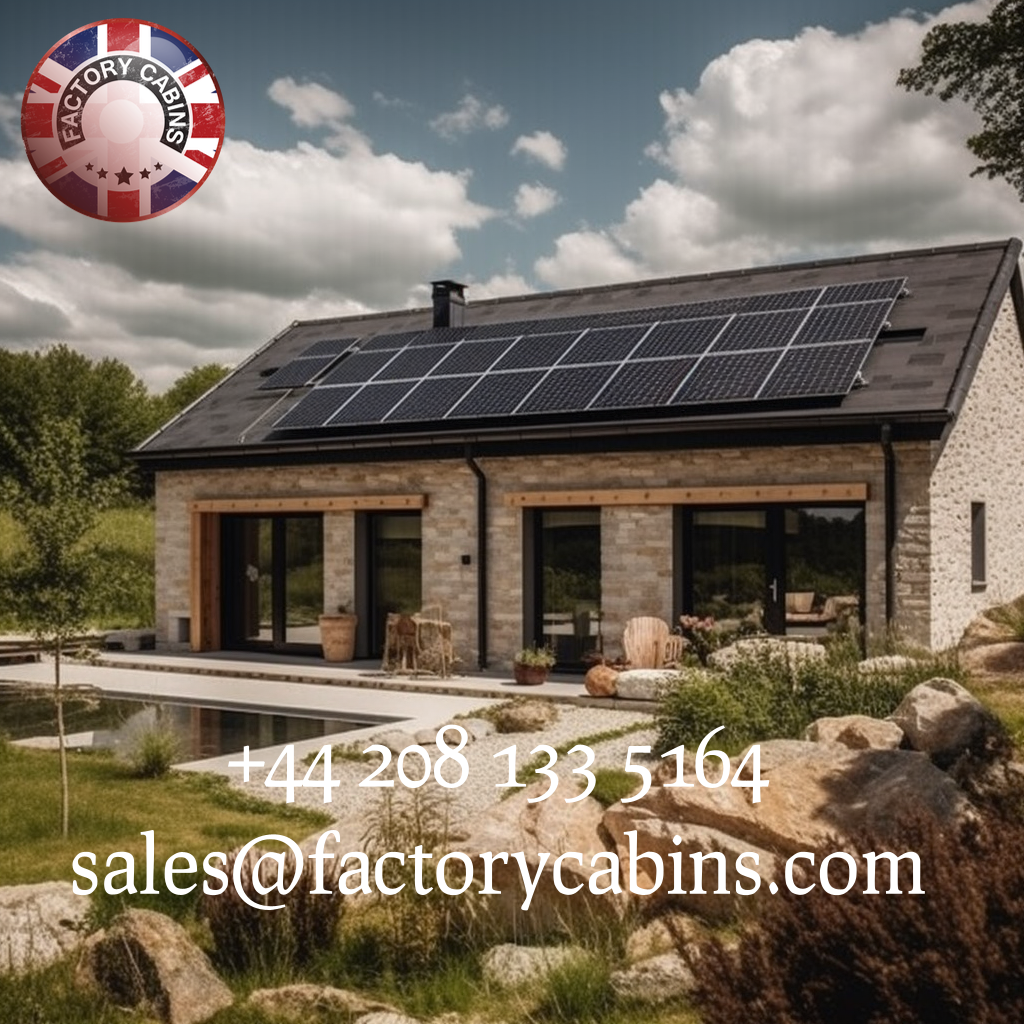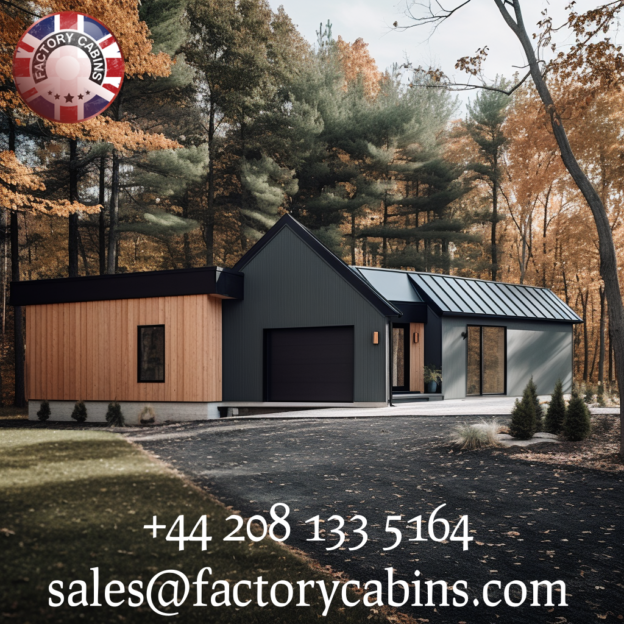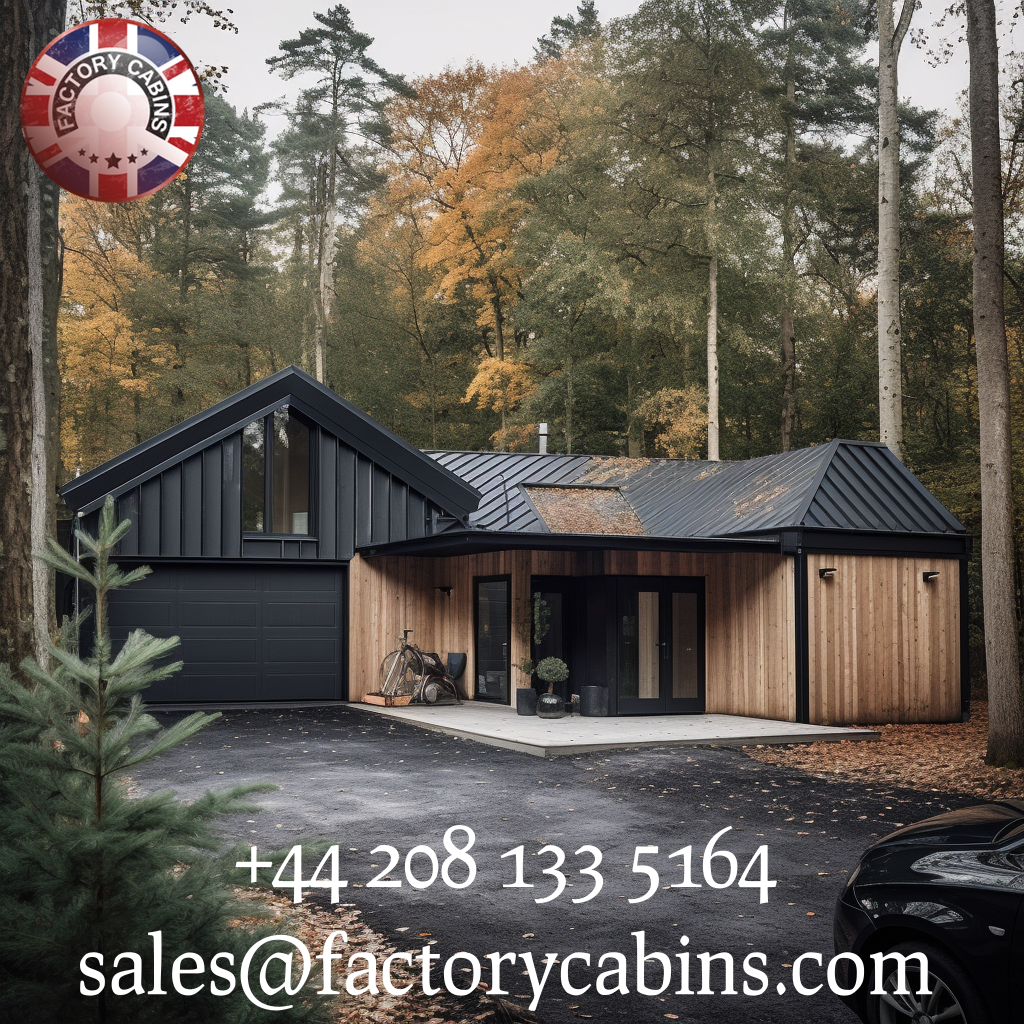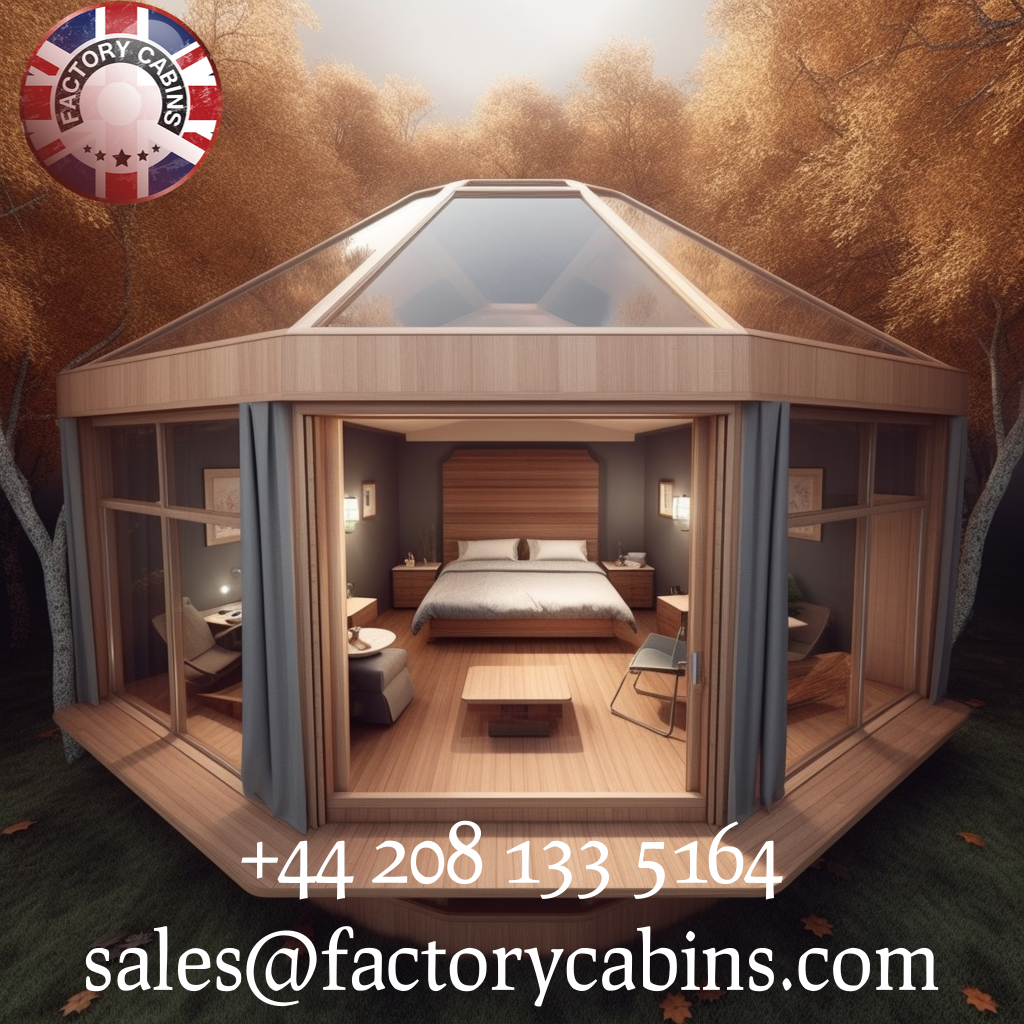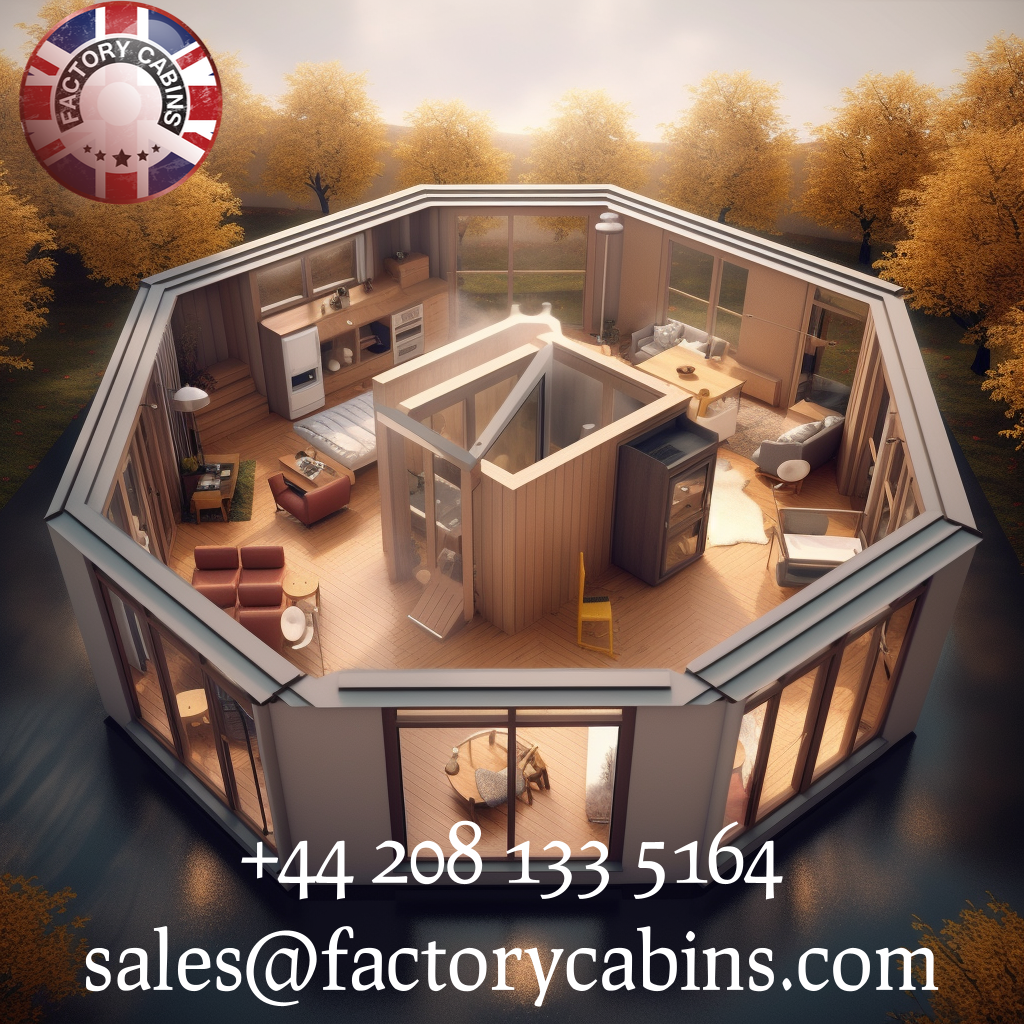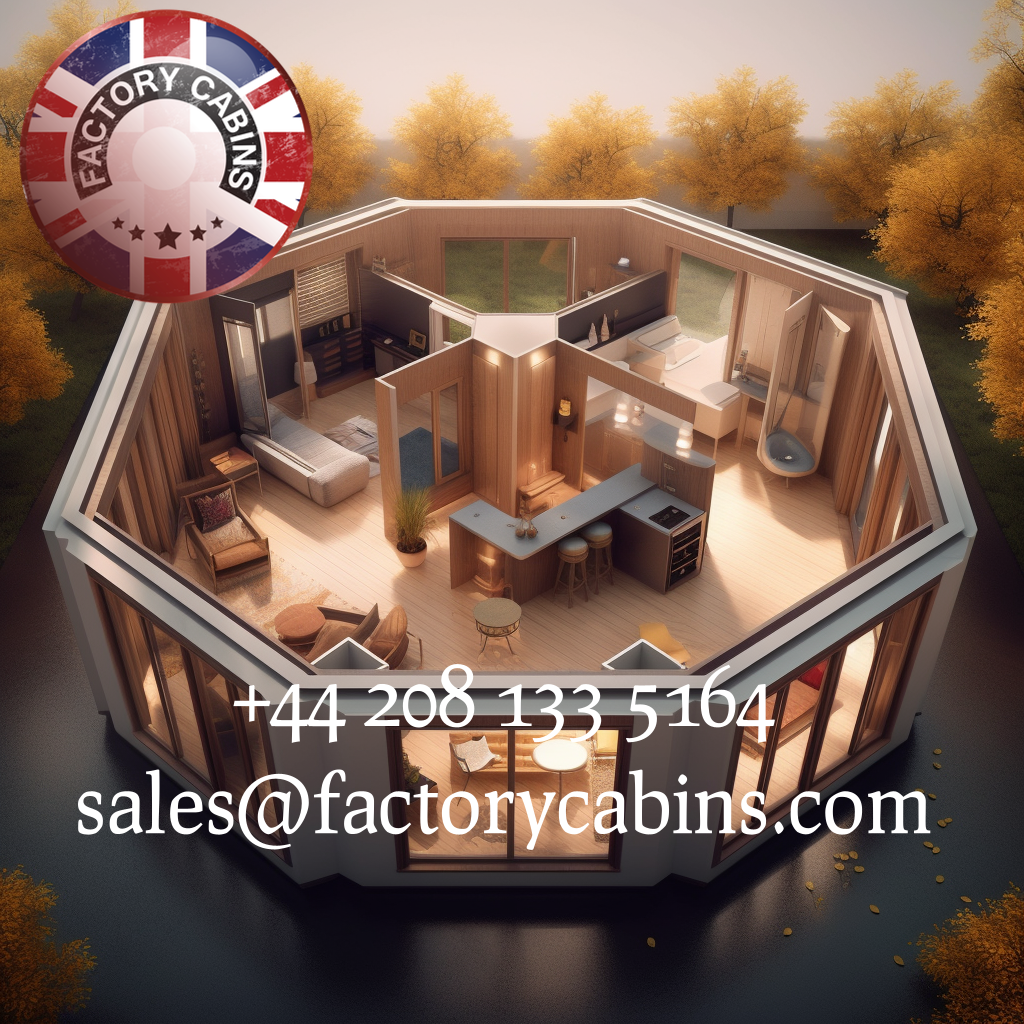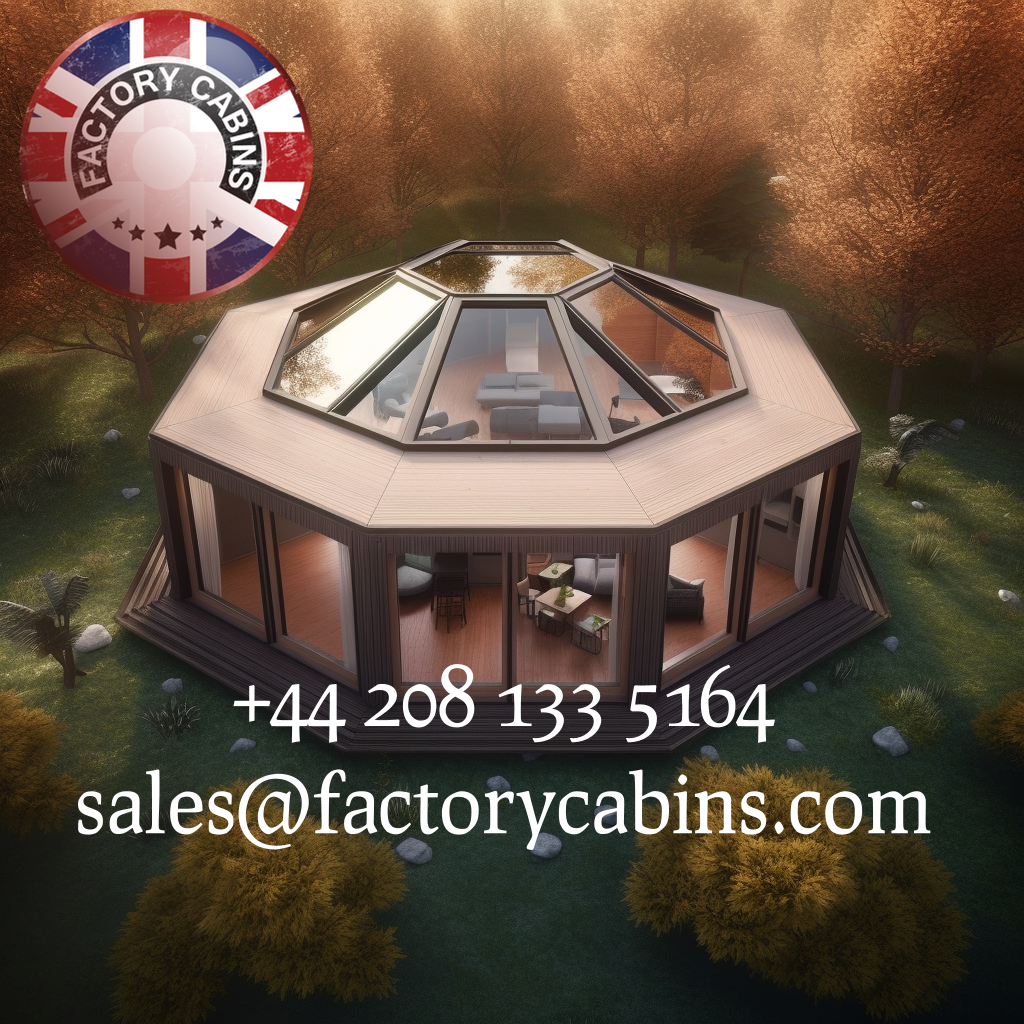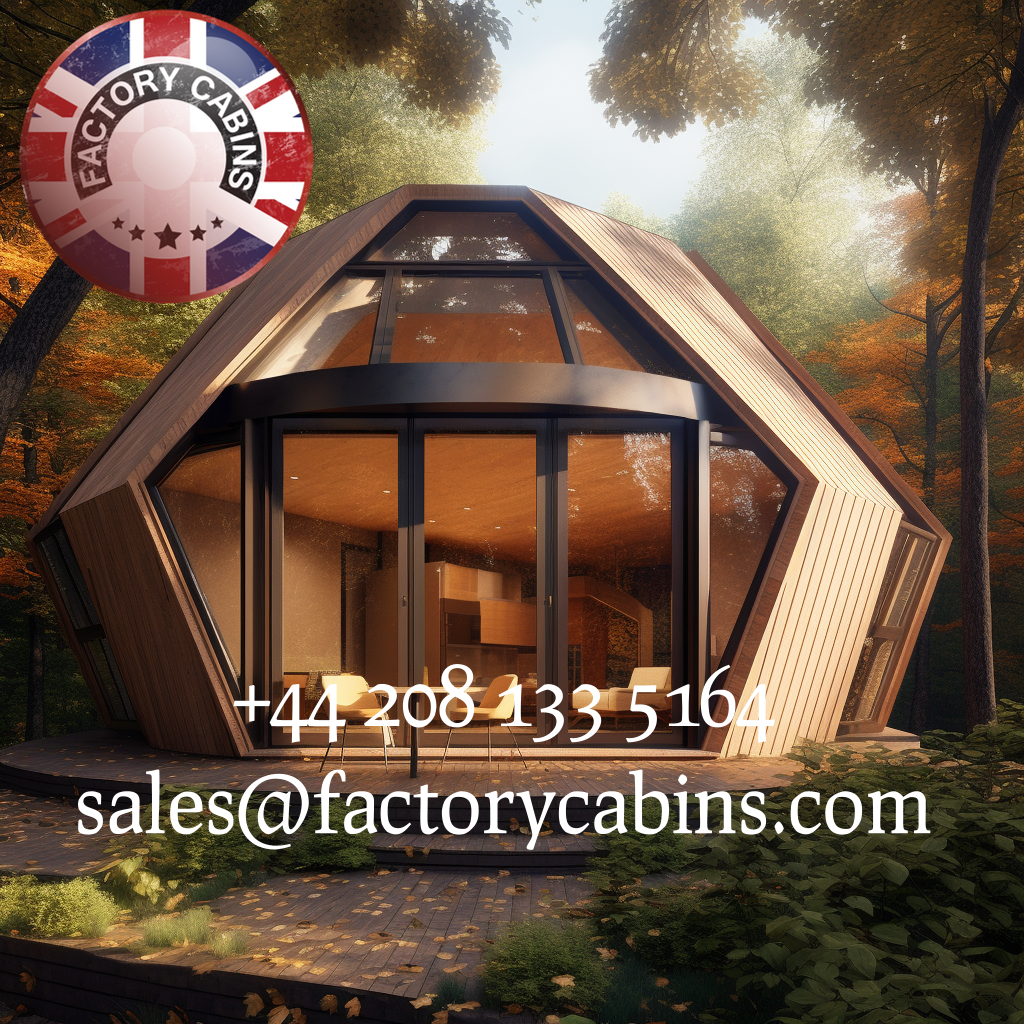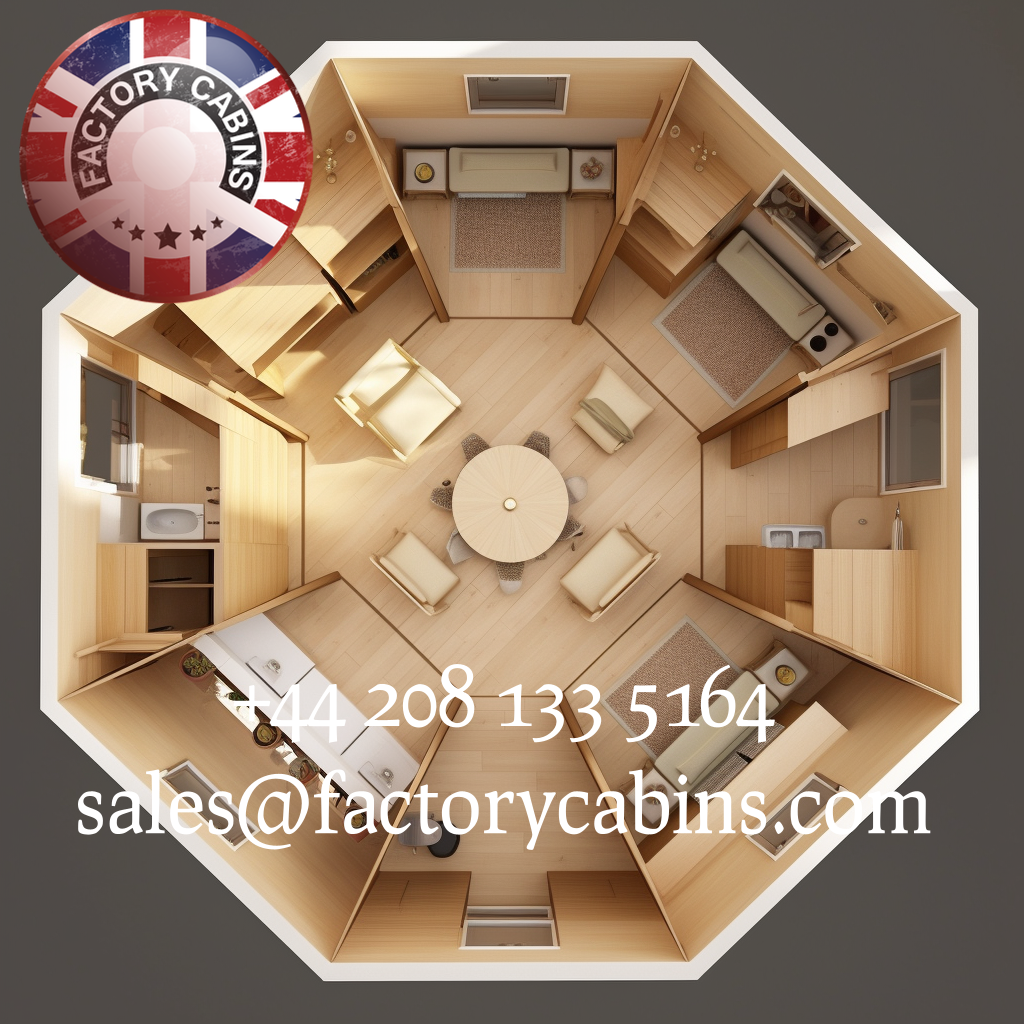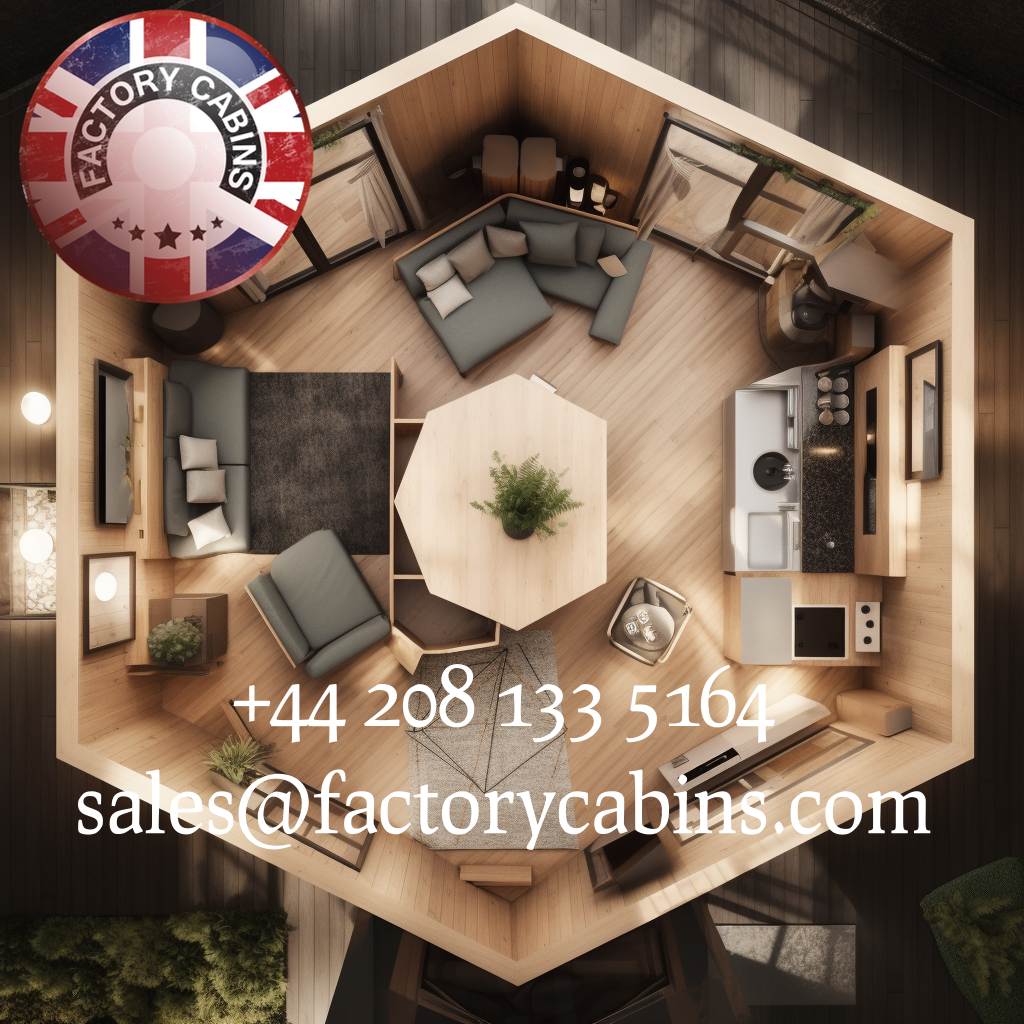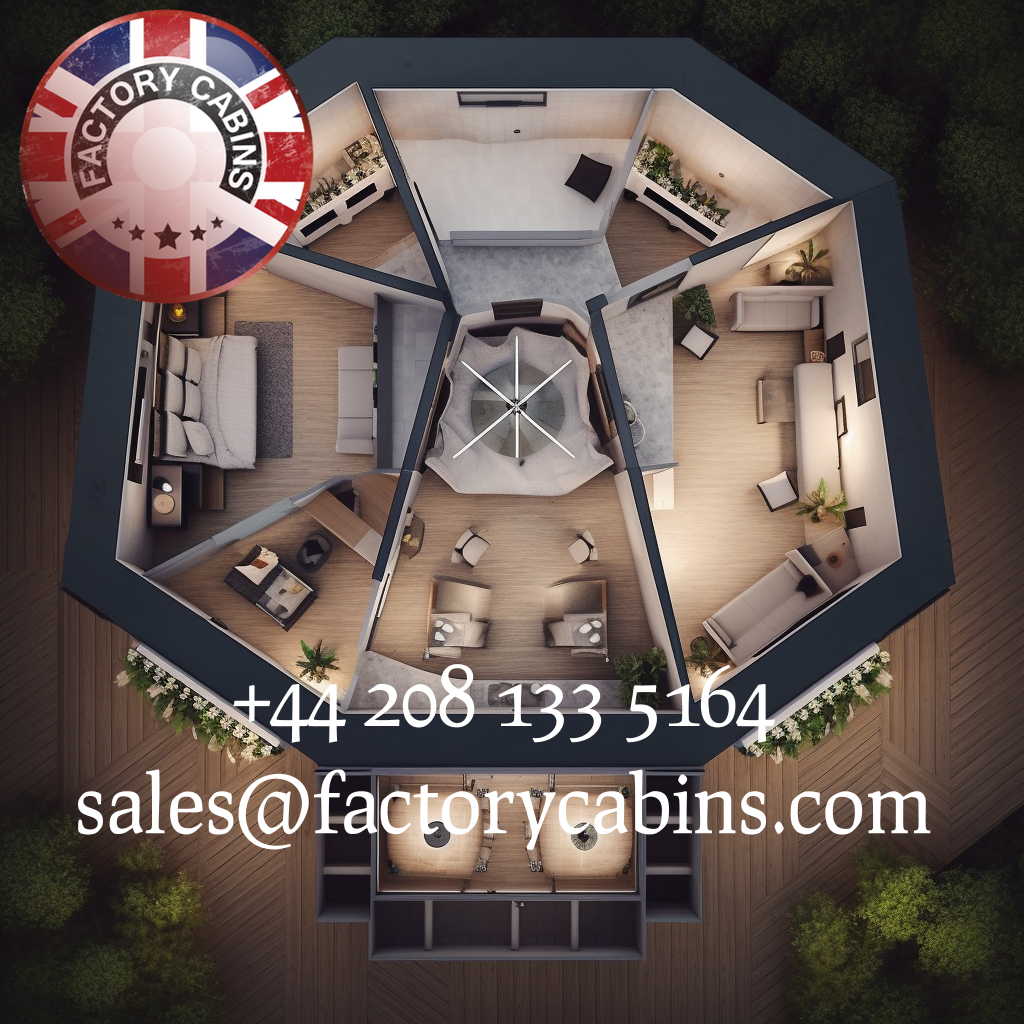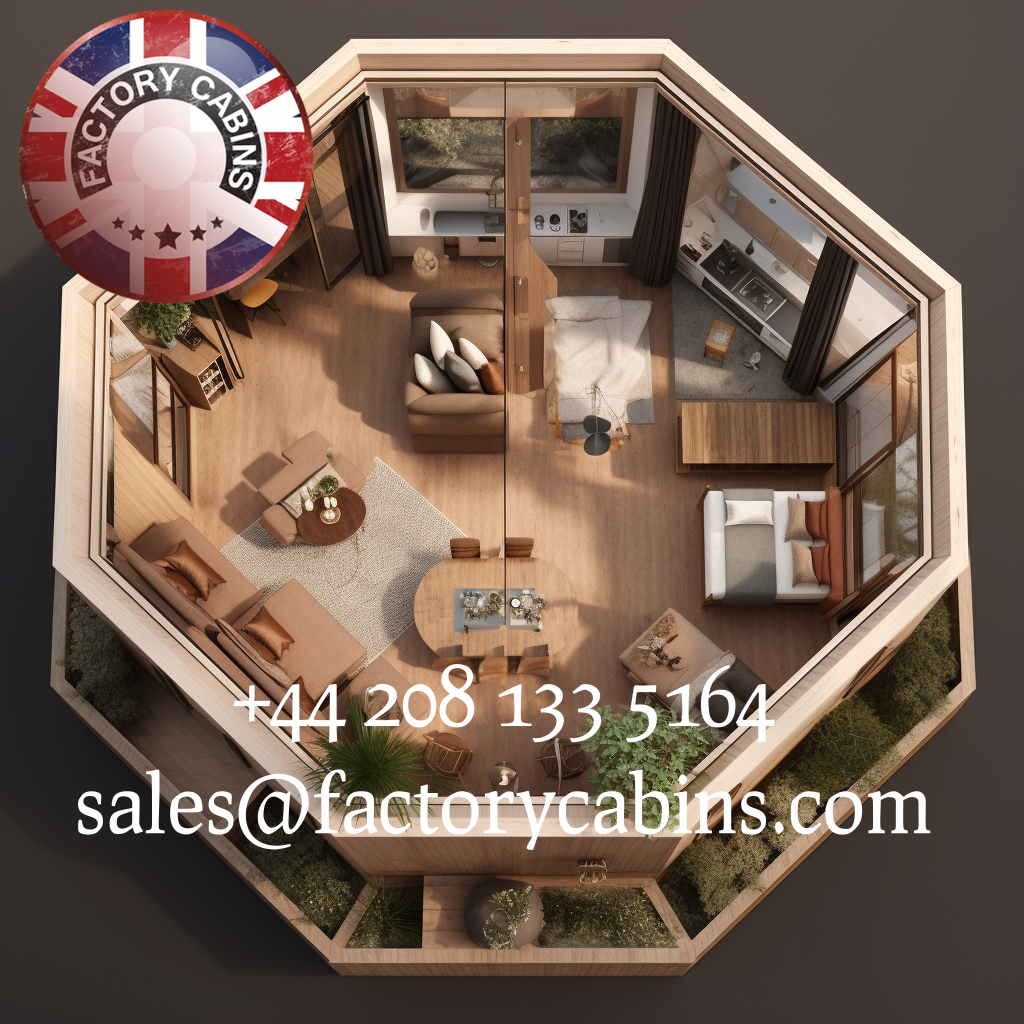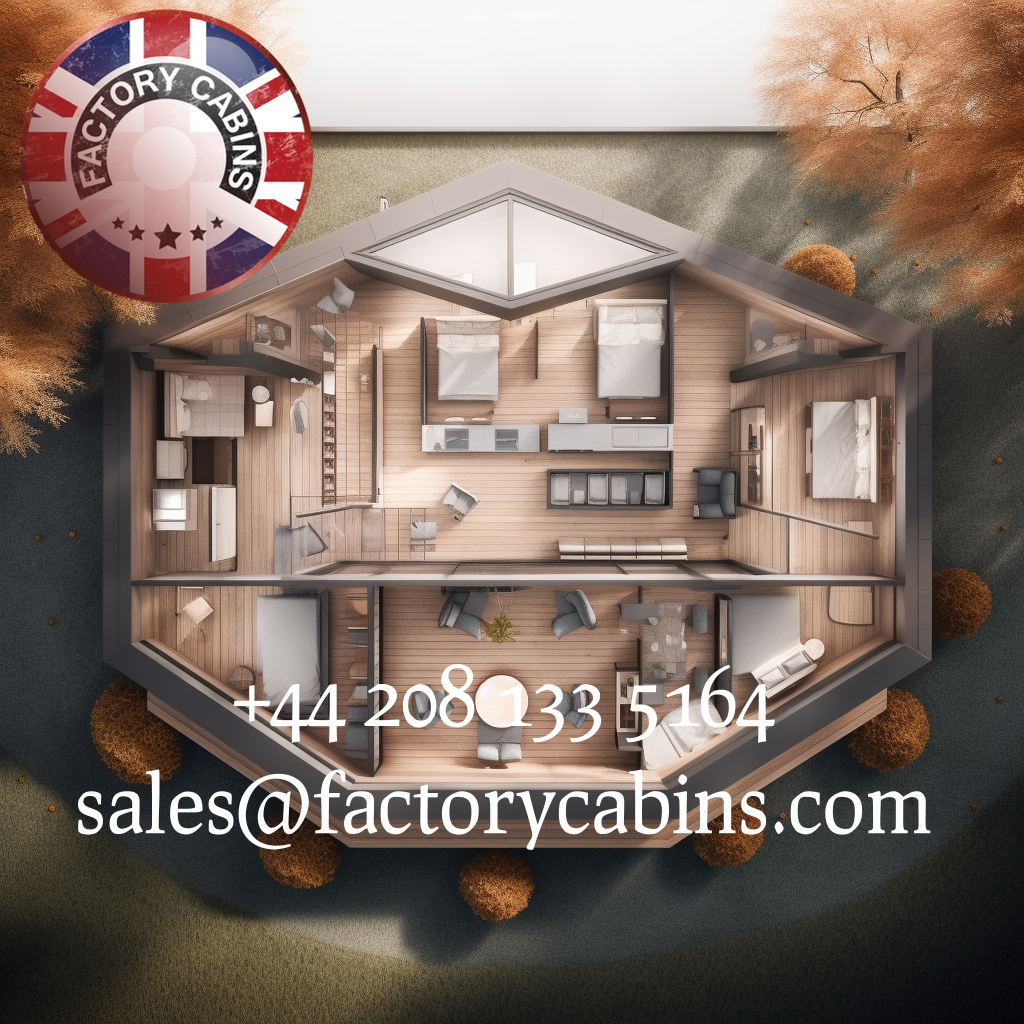The Good Idea with a Very Negative Side
All our designs are unique to us, every building is designed to be net zero, (highly insulated) manufactured from timber frame,which is all super highly insulated, triple glazed, with an externally toughened light weight panel
Our external panels are manufactured from Rock, which is fireproof, waterproof, and insulation all rolled into one.
We can offer so many different effects. stone, material, colours, textures, large rocks, brick,old and new timber, vertical, horizontal, old planks,very modern, very old, whatever look you want, we can do it. Because these panels are manufactured from high quality materials, there is no need to treat or look after the facade for years and years!
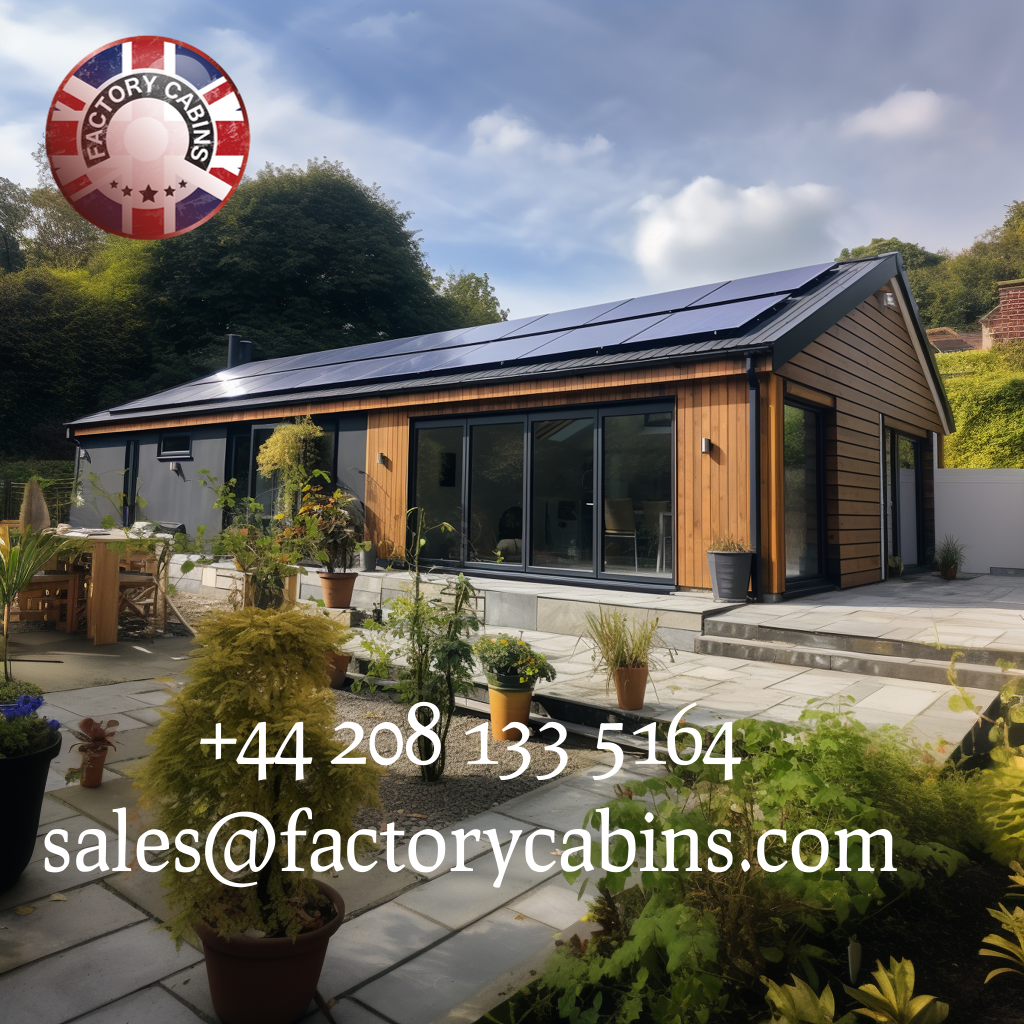
Living in a park home is very different from the usual way of life that many of us are accustomed to. Park home living has gained popularity in recent years as an alternative to regular homes, but there are numerous disadvantages to consider before moving into one. From financial constraints to insufficient room, park home living has a number of drawbacks that can make it a challenging decision for many people.
There are a lot of issues that many people experience when it comes to the costs of park home living. Park homes are often more expensive than standard dwellings, and they frequently come with ongoing land lease charges that may escalate over time. This can cause significant financial difficulties for park home inhabitants, making park home living less appealing to people on a low budget.
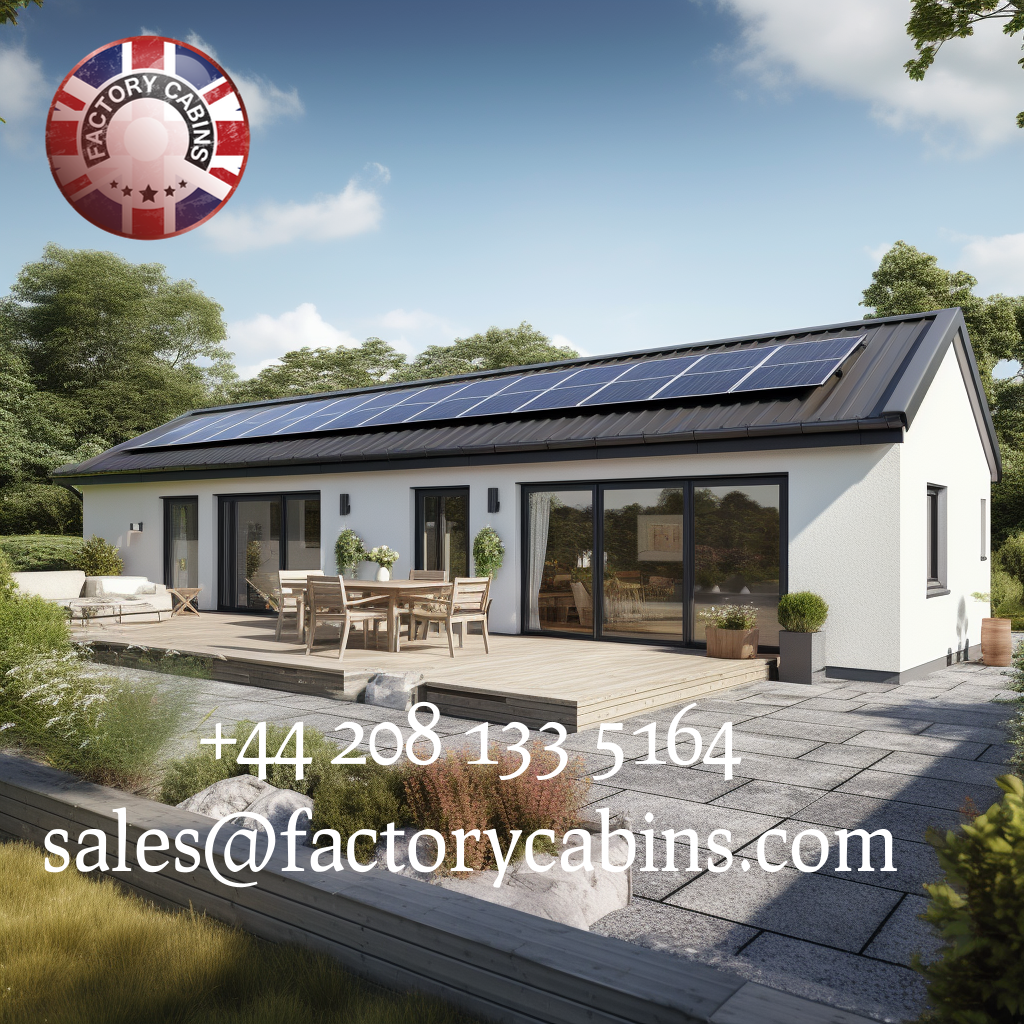
Park homes can provide far less room than standard living conditions. Residents sometimes have little or no storage space and are frequently penalised for seeking to extend the property to make better use of available space. Furthermore, community ordinances might limit a person’s capacity to customise their house, limiting their options for interior and exterior design.
In many park home communities, the sense of community can be troublesome. While the close-knit environment presented is often tempting on paper, it can frequently result in a lack of privacy. With so much communal engagement, park home occupants may find it difficult to move freely or find time to themselves.

Furthermore, park homes don’t ever hold their value as they age, so the worth of the asset will never increase. This may run counter to the expectations of long-term investors.Sadly, this is not a point mentioned on any Park Home Manufacturer, and if any mention from them that it’s an investment, you can and should report them to trading standards.
The limitations of park home living substantially negate the incredibly gorgeous surroundings, which is a temptation, but you need to remember that you never own the view, (just the heavily insulated, very pretty shed that is called a park home), that many park home communities offer.
With limited room, continually rising prices, and easily irritated community members who are frequently unable to recognise the allure of the area, park home living may be anything but pleasant at times. And parks grow, and after a while your in a jungle of plastic and decking, cars, and noise.and wanting to move, by then your Van is worth half of what you paid and the getting it out, normally is a headache and very expensive,

Furthermore, park home living may not be the best option for individuals looking to downsize. Park home living can rapidly become difficult for individuals seeking a simpler lifestyle due to limited space, overbearing community regulations, and rising price levels.
Finally, while park home living provides a unique set of perks, the downsides can easily make it an unacceptable option for many. Park home living can be a tough choice based on individual lifestyles, owing to economic constraints and insufficient space, as well as a lack of privacy and the inability to alter buildings. Before you take the plunge, weigh all of the benefits and disadvantages to ensure that it’s the best decision for you.
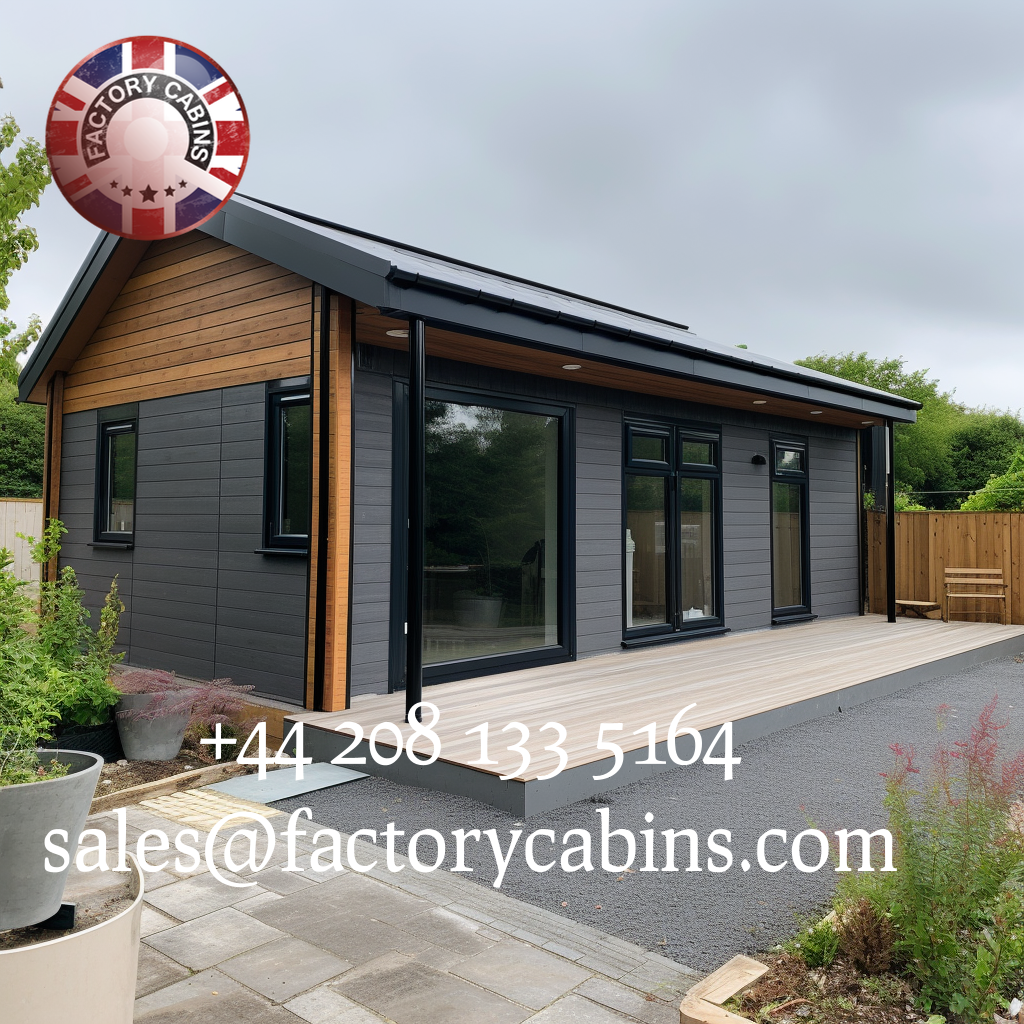
Now let’s speak about Construction and why a BS 3632 is just utterly disastrous !
Making a fully insulated Timber Frame Net-zero building is an innovative way of using materials that can contribute to the creation of a comfortable and energy efficient home. Because of the ease with which this form of housing may be taken down its immense worth, as well as an A to A++ depending on the nature of the building, makes it the housing of the future.

Because of population growth and growing living standards, there is a greater emphasis on environmental protection and conscientious consumption. Such requirements are best met by Timber Frame Net Zero Building, which makes use of renewable materials and practises such as passive houses, zero carbon houses, and energy neutral houses. It is an excellent solution for anyone wishing to build a warm and comfortable house that is both energy-efficient and environmentally beneficial because it produces a good Thermal Envelope.
Furthermore, timber-framed net-zero buildings may be the future of park home construction. Its lightweight, modular components can be simply dismantled and reassembled at a different place. This eliminates the need to move and carry the entire structure, making it a more realistic and appealing choice for individuals who want to move their park home frequently. Furthermore, the material’s insulation capabilities provide better protection against temperature extremes than standard, non-insulated park homes, making it a safer and more comfortable living environment.

Finally, its value is extraordinary when compared to typically designed park homes. Its A to A+ grade can provide excellent savings in terms of both money and energy consumption while also delivering a house that meets the necessary sustainability criteria. Unfortunately, while the initial cost may be higher than that of standard park houses, the government intends to heavily tax its acquisition.
This demonstrates a lack of common sense and a disdain for the ongoing cost savings associated with employing something like a timber-frame net-zero building. As a result, park house owners should not be discouraged from opting for the Timber Frame Net Zero Building, as its prices still outperform the BS3632 norm.
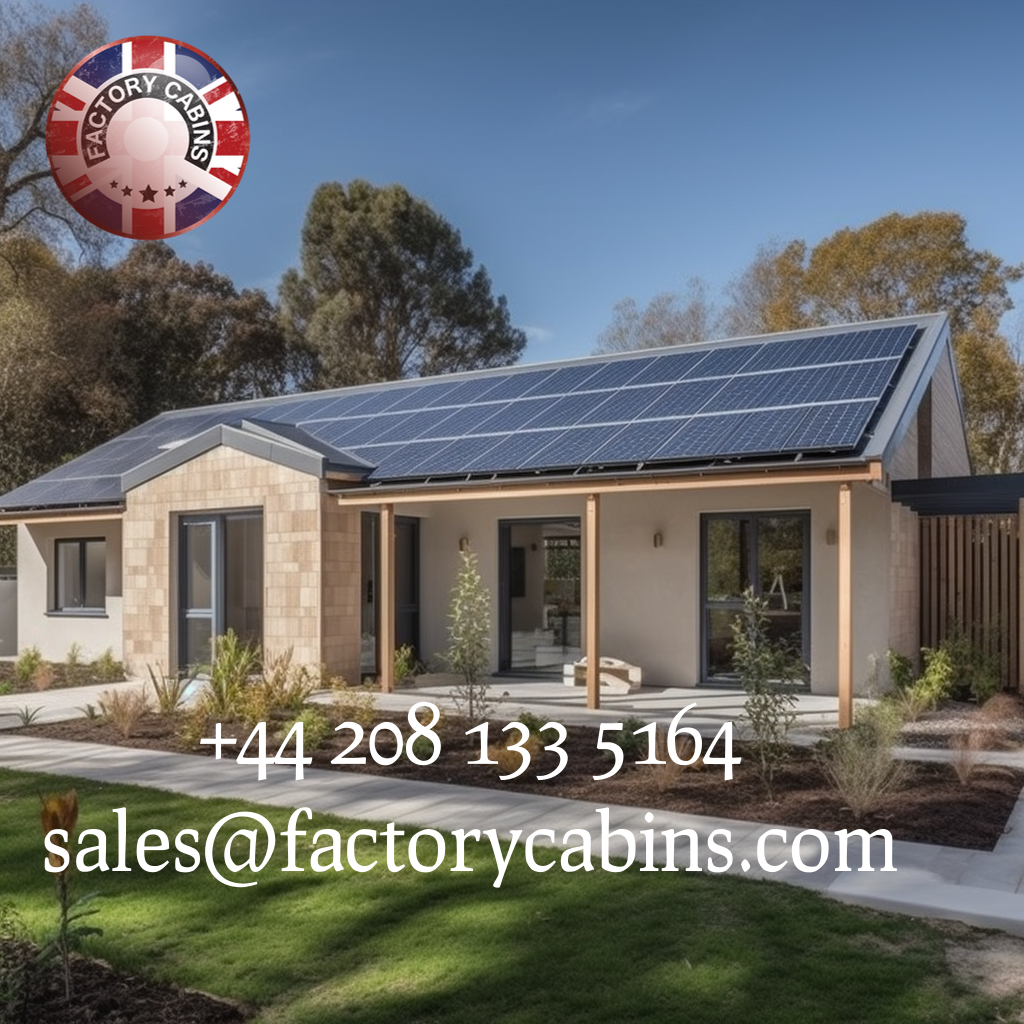
Finally, the utilisation of timber-framed net-zero buildings for park house construction represents the future of sustainable housing in this industry and also a guarantee of investment . It is not only simple to install but also very energy efficient, delivering excellent value for money and energy cost reductions. Despite government taxes, timber frame net zero construction costs less than the BS3632 norm, making it the practical and sensible choice for park home construction owners.
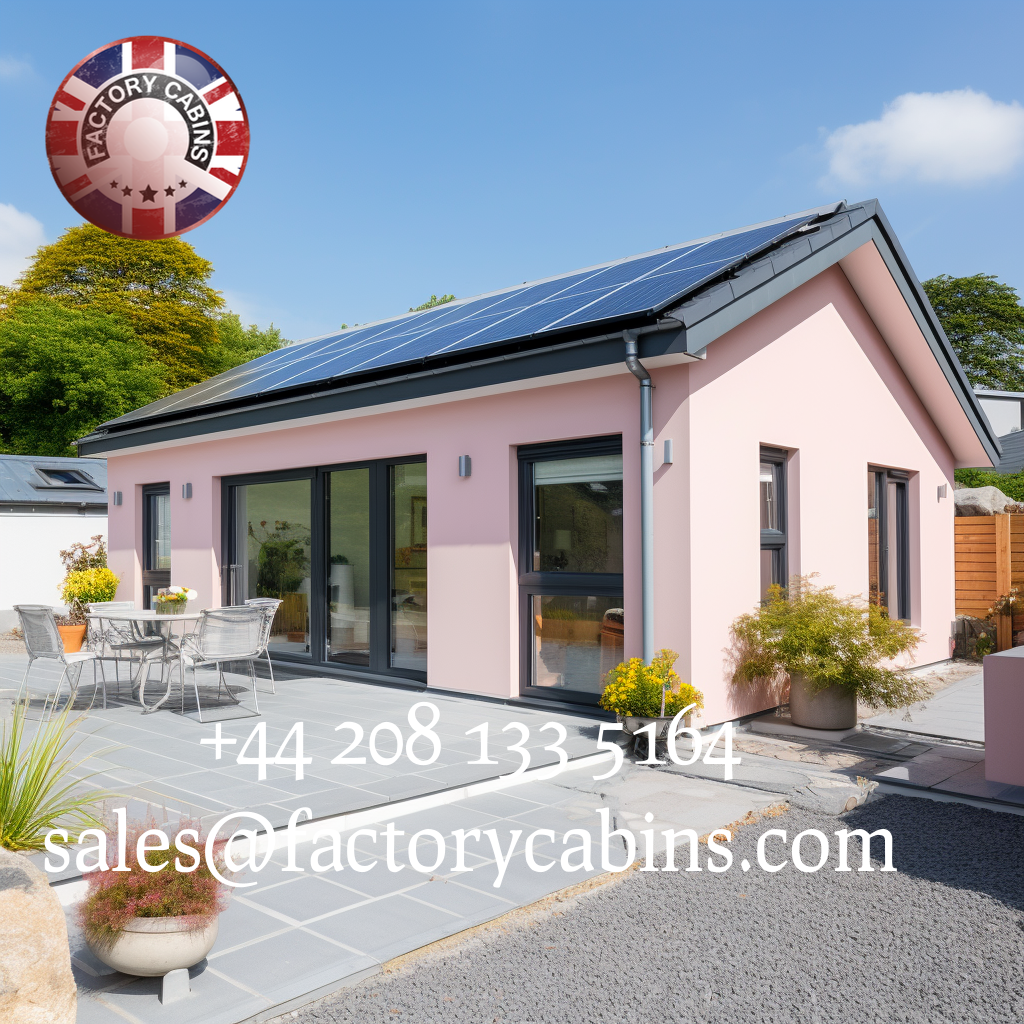
What I am about to write is true, and it shocked me, which is why I am writing about it.
it’s an experience I had.
A few months ago, some investment company guys ( no names) asked me about Net Zero Park Home Buildings, and how it would work, so we spoke over many days, and the conversation was amazing, as I had guys that were what I thought serious about offering quality buildings to their customers, which are designed and very fit for purpose,( massively insulated) fitted out with ground heat source pumps, batteries, panels, etc, we were talking about a project that was for 15 units to start with, so my guys and I worked out all the information they needed to take this to park homeowners, one of our buildings that has an amazing spec, and is very very fit for purpose, built on a very expensive complete house line, so the buildings comes in premade panels, and can be manufactured very quickly and it would be easy to make a building, fully each day, possibly 2 if we put on double shift.
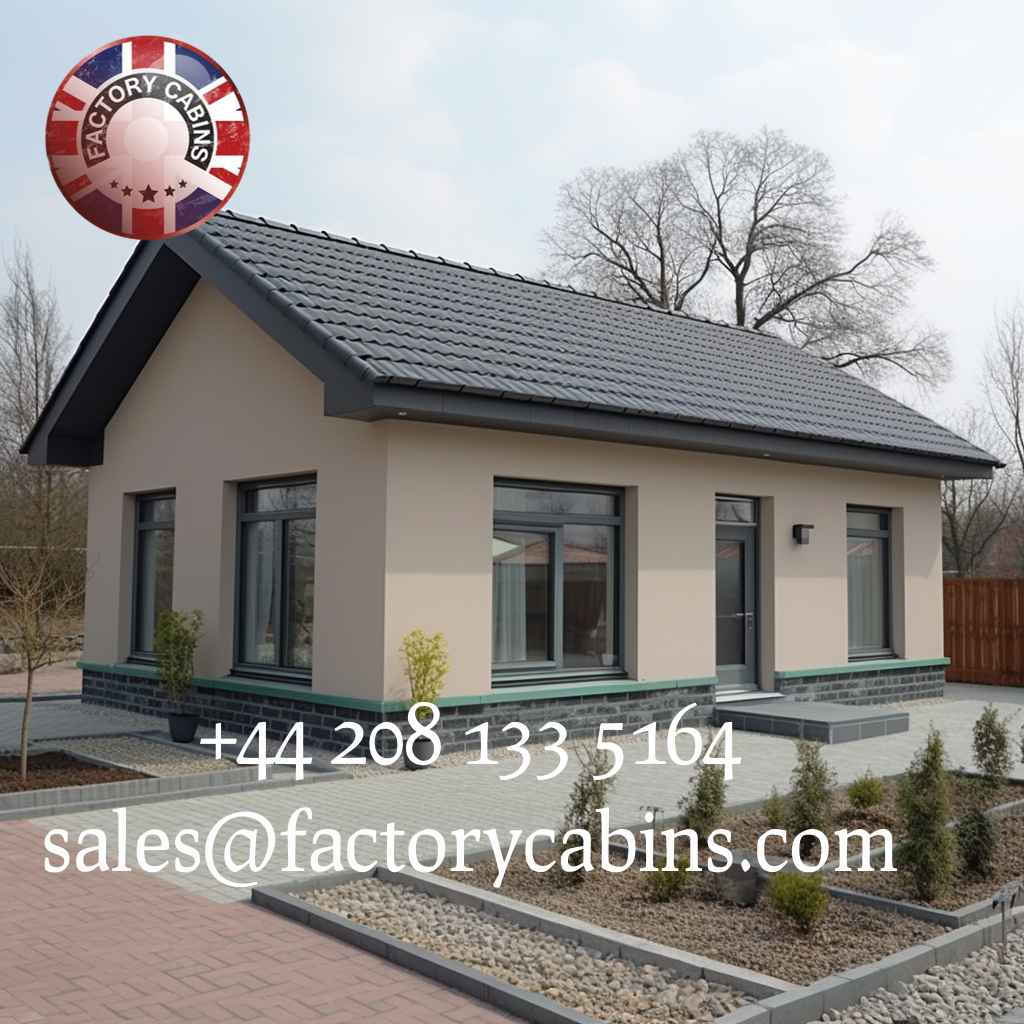
So where did it all go wrong, I was told they only wanted it with basic insulation and materials and they would then lie and say that it was an A not a C, (that it was a higher specification than it really was). And to me, they are low life criminals, as the cost of these buildings is not a £1. That’s when I deleted names, numbers and chats, emails etc.
I want better for humanity, not lies and deceit. I have for years since my own mother lost £60.000 on a Park Home, which was only 7 years old, wanted this industry to change and for it to be an investment for our parents, not a loss of hundreds of £1000’s. there is absolutely no reason why Park Homes, or Homes in general must be manufactured to such a low standard, because it’s not price, our buildings are extremely low cost if you add in what you get back from them.
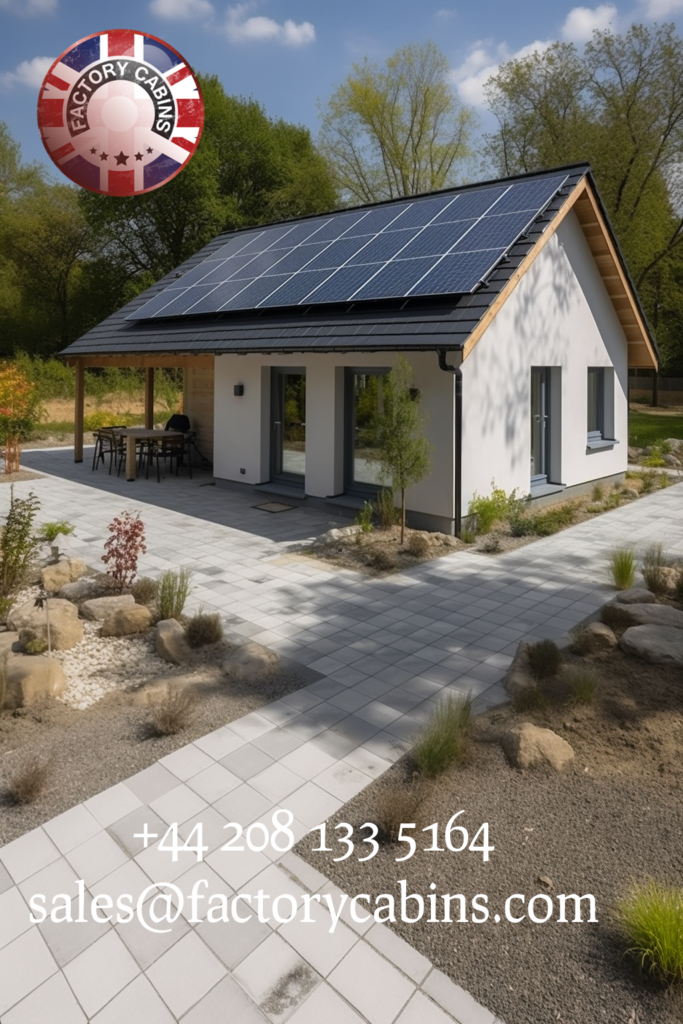
it’s about the taxes the government is stealing from you with every step of your life.
So why would they want to promote free energy for your home, car etc? Why? Your heating free, your aircon free, your electric bill free? It’s not in their benefit.
All gas and electricity has Value Added Tax (VAT) added to it by the government. This is set at 5% and is the same across all suppliers.
So taking that into account, why would they want you to manufacture your own electricity? They don’t.
What is the difference between Net-Zero homes?
& Passive Construction,
When it comes to energy-efficient homes, there are two types: net-zero homes and passive homes. While they may appear identical at first glance, it is critical to go deeper and grasp their fundamental differences because they have a substantial impact on cost, comfort, and the energy efficiency of your home.
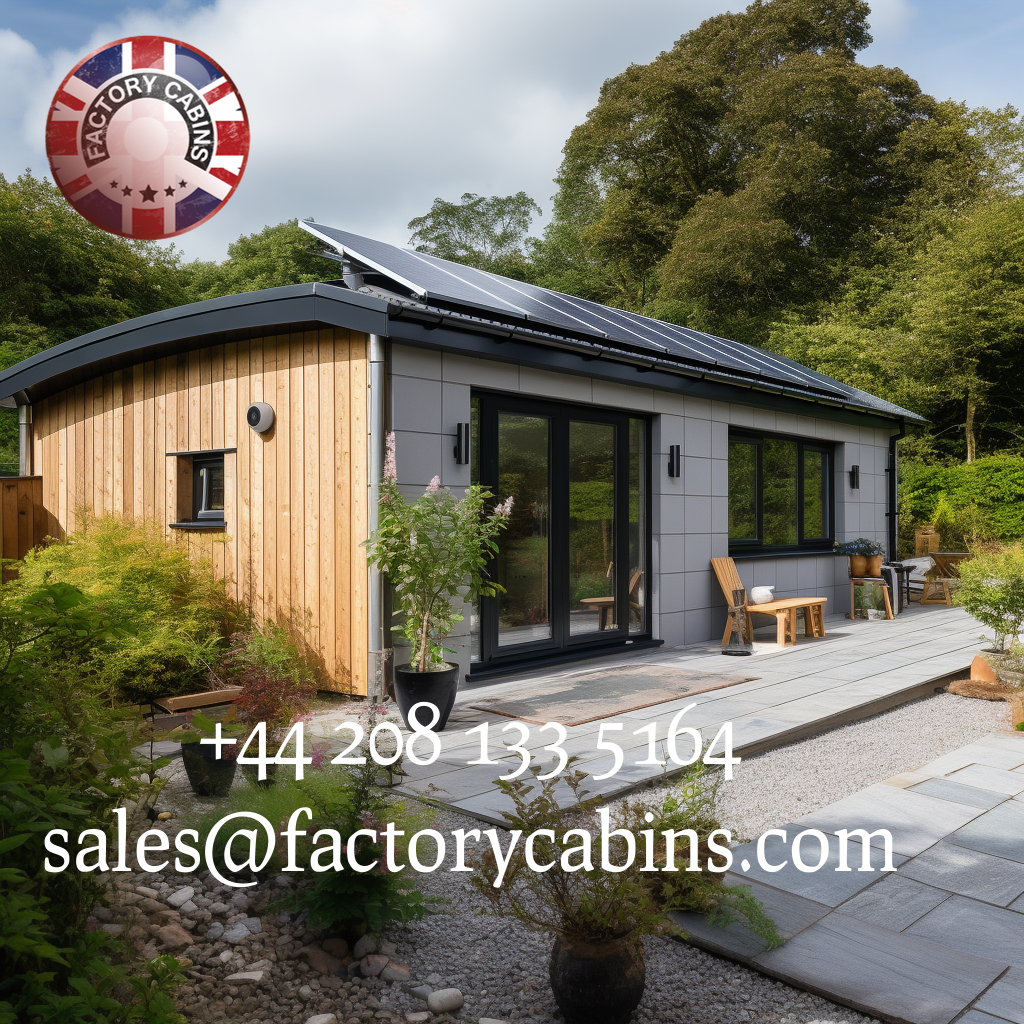
Today, we’ll look at the similarities and differences between net-zero and passive houses. You’ll be more equipped to confidently analyse these energy-efficient housing options and select the best choice for your needs if you have a solid understanding of them.
What Exactly Is a Net-Zero House?
A net-zero home is a sustainable home that produces as much energy as it consumes (or more), resulting in a net-zero energy balance – in other words, almost no grid-produced power.
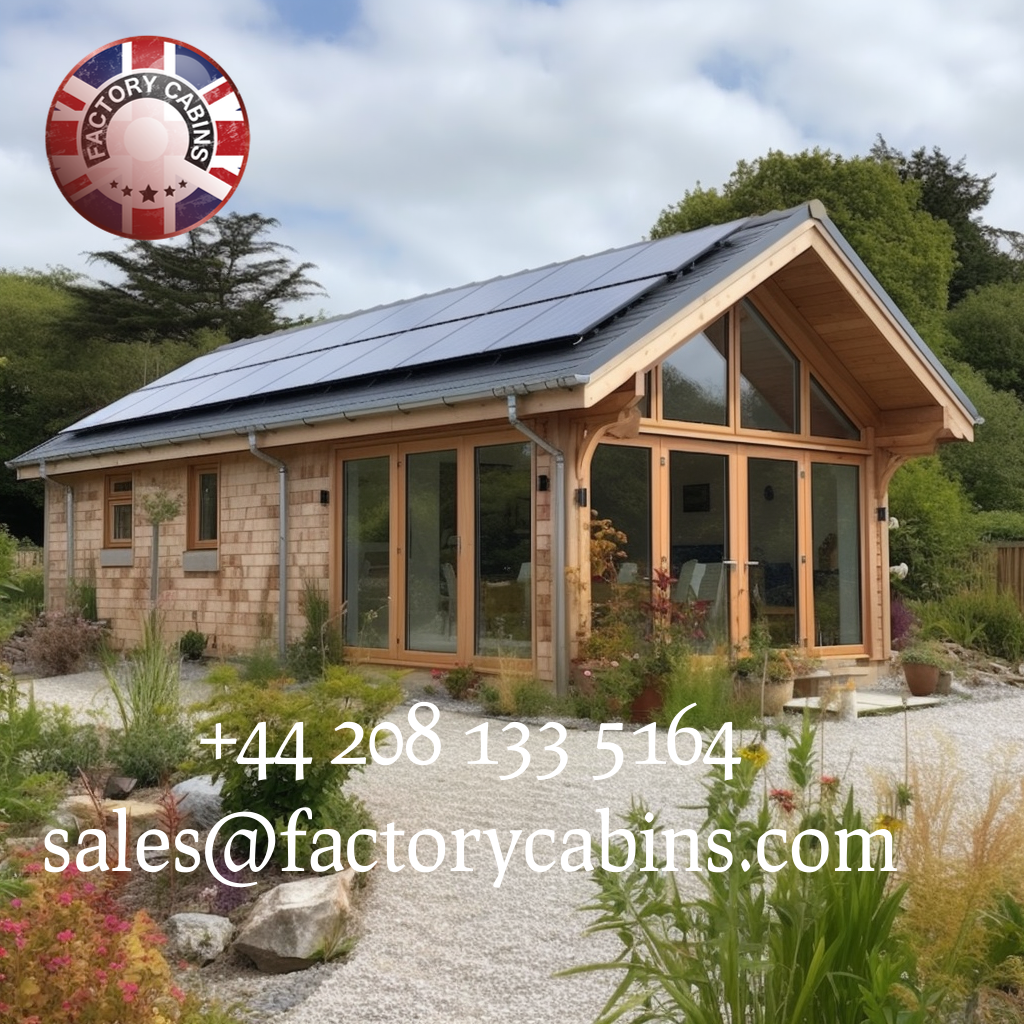
What Exactly Is a Passive House?
A passive house reduces energy usage while increasing comfort and affordability for its occupants. This is accomplished through creative design ideas, efficient building processes, and cutting-edge technology. Passive houses, on the other hand, prioritise energy economy and comfort while relying on intelligent design and technologies to dramatically cut energy usage.
Net-Zero and Passive Houses Have Some Things in Common
When compared to the average non-energy-efficient home, net-zero and passive homes take energy efficiency to a whole new level. While they both have their own distinct properties, they both have the ability to cut energy use. Some of the commonalities between the two are as follows:

Energy Efficiency: Both aim to consume much less energy than normal dwellings.
Both increase energy efficiency by prioritising insulation and airtightness to minimise heat loss and gain.
High-Performance Windows: Both types of windows are often used to improve energy efficiency and provide superior insulation.
Indoor Comfort: Both prioritise occupant comfort by keeping home temperatures consistent, optimising air quality, and applying noise reduction measures.
Reduced Environmental Impact: Both provide a sustainable way of life while also lowering greenhouse gas emissions.

What Are the Differences Between Net-Zero and Passive Houses?
Despite their common goal of reducing energy use, net-zero and passive homes take different techniques to attain energy efficiency. While net-zero and passive dwellings have many similarities, it is also crucial to distinguish them. Here are some of the distinctions between them:
Energy Production vs. Energy Efficiency: Net-zero households aim to produce as much energy as they consume. Passive houses, on the other hand, seek energy efficiency through stringent design principles rather than generating renewable energy.
Energy Sources: To achieve energy efficiency, net-zero homes often use renewable energy sources such as solar panels. Passive buildings reduce energy usage by design ideas such as insulation, airtightness, and more, rather than relying on renewable energy sources.
Design Approach: To achieve energy neutrality, net-zero homes take a holistic approach, combining sustainable building materials, appliances, lighting, and renewable energy systems. Passive houses are primarily concerned with the physical structure of the house, employing design principles such as passive solar gains, natural ventilation, and efficient heat recovery systems.
Energy Balance: By achieving a neutral or superior energy balance, net-zero households lower their monthly energy expenses. Passive houses, on the other hand, strive to reduce their energy usage but may not always achieve net zero. Passive houses prioritise energy efficiency while adhering to high occupant comfort criteria.
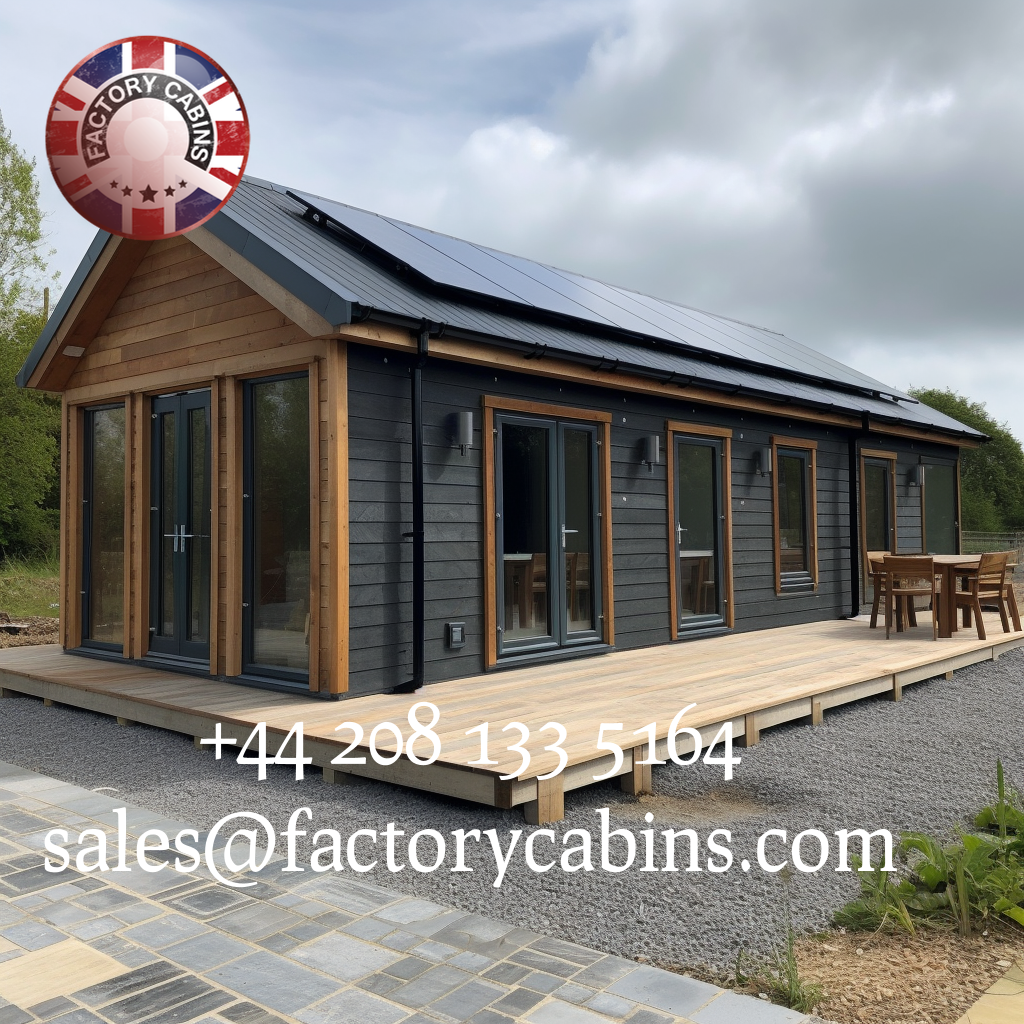
So why have I taken the time to write all of this, Simple: we need to get the UK government to stop pandering to all their loyal subjects, who put many hundreds of 1000’s of pounds to their war chest at elections. It’s a vile stench that is visible on all the building sites in the UK. And the ones that will be given a knighthood for building the first Net Zero town, and you can be assured that whatever is built , the most important part of it would be left out. It’s all about greed, the road ahead in the UK is filed with snakes, and thieves and when only when we get rid of the house of lords and this corrupt government in whole, and restart with an open fair, honest hand, will there be housing that is fit for purpose. We can supply homes for less than £100.000, net zero.
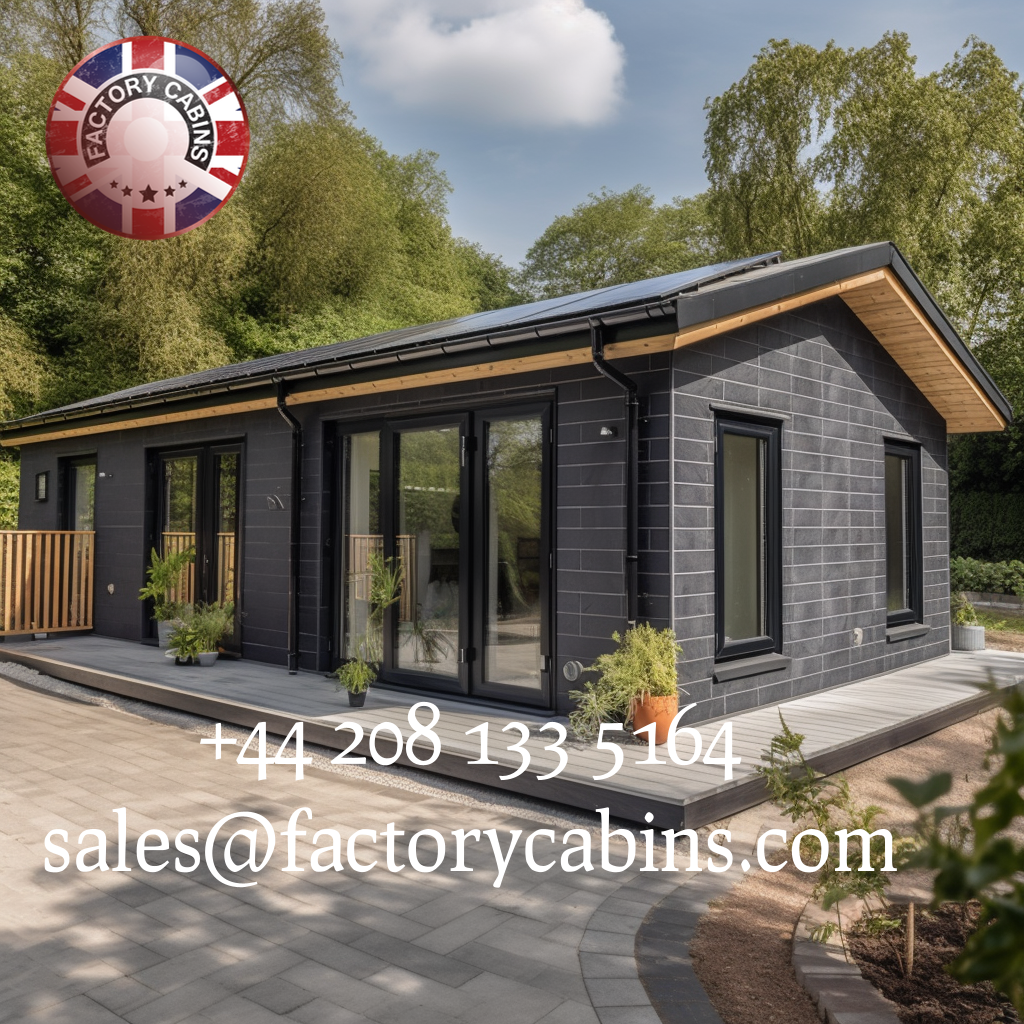
Thank you for reading this article
sales@factorycabins.com
Please call +44 208 133 5164

